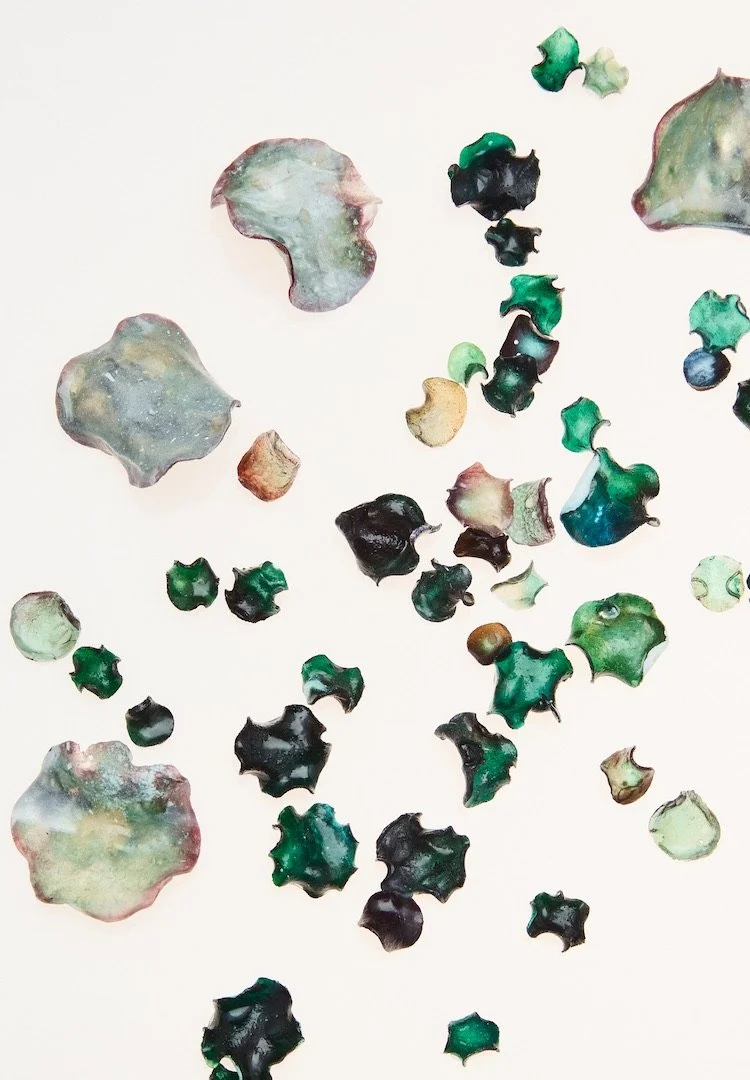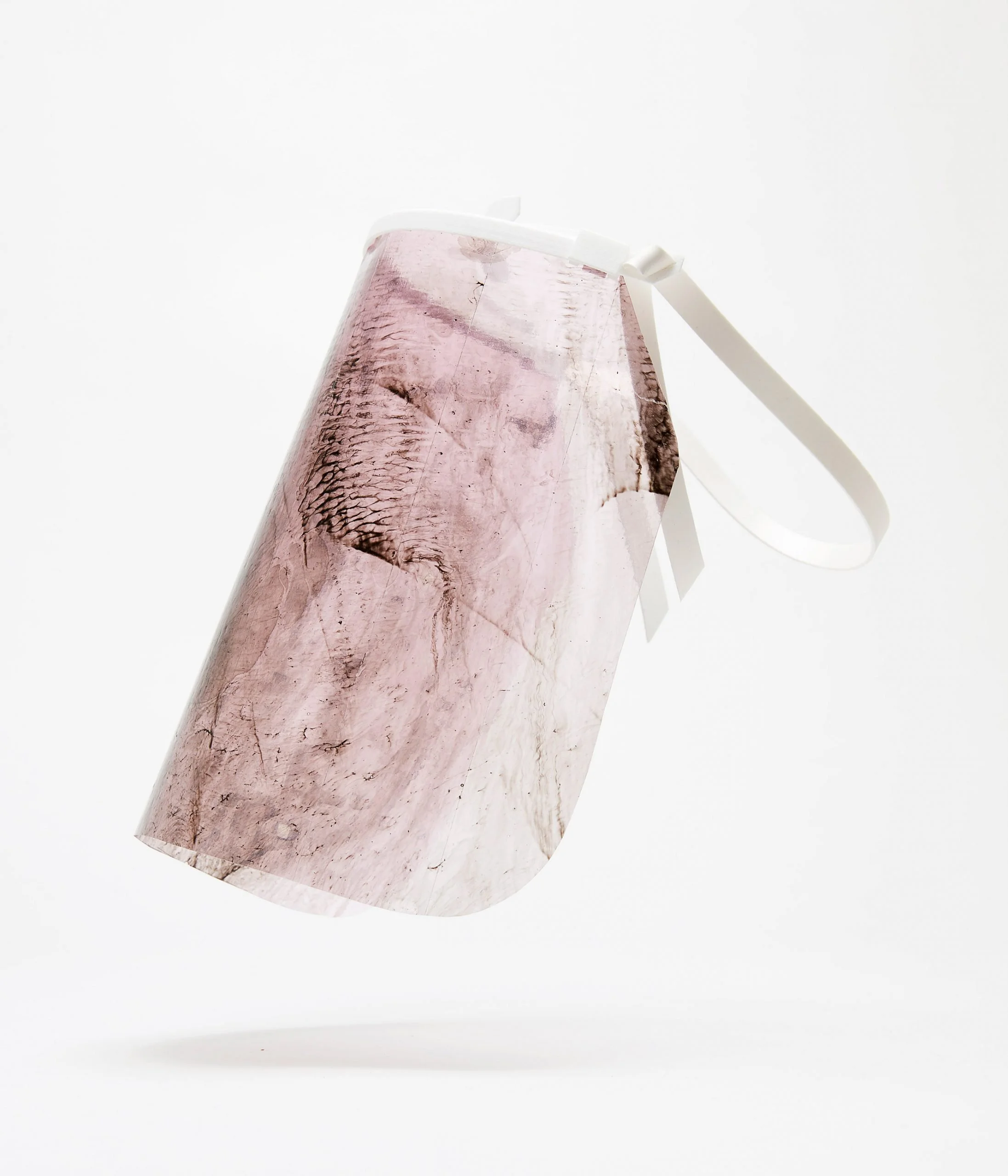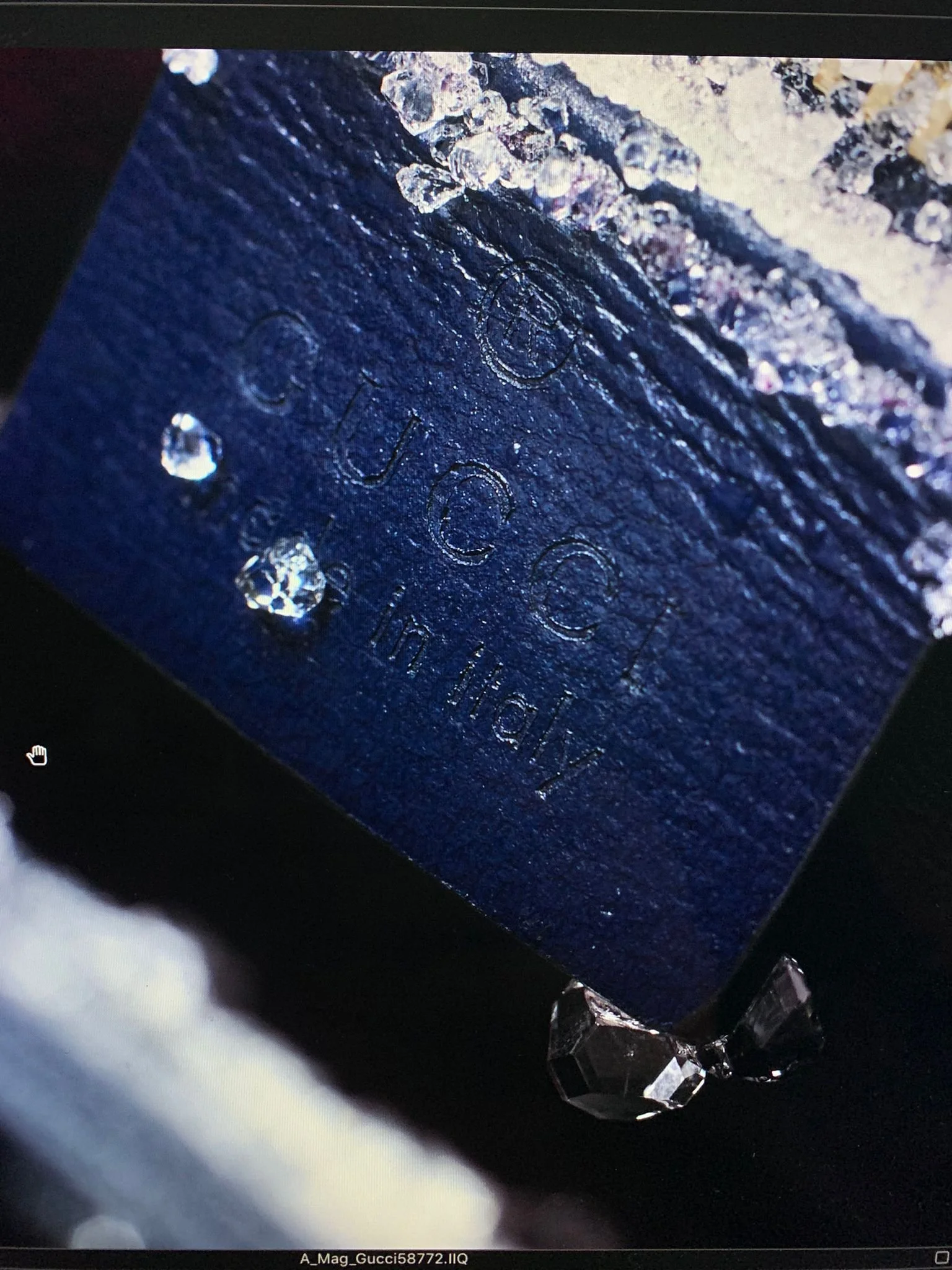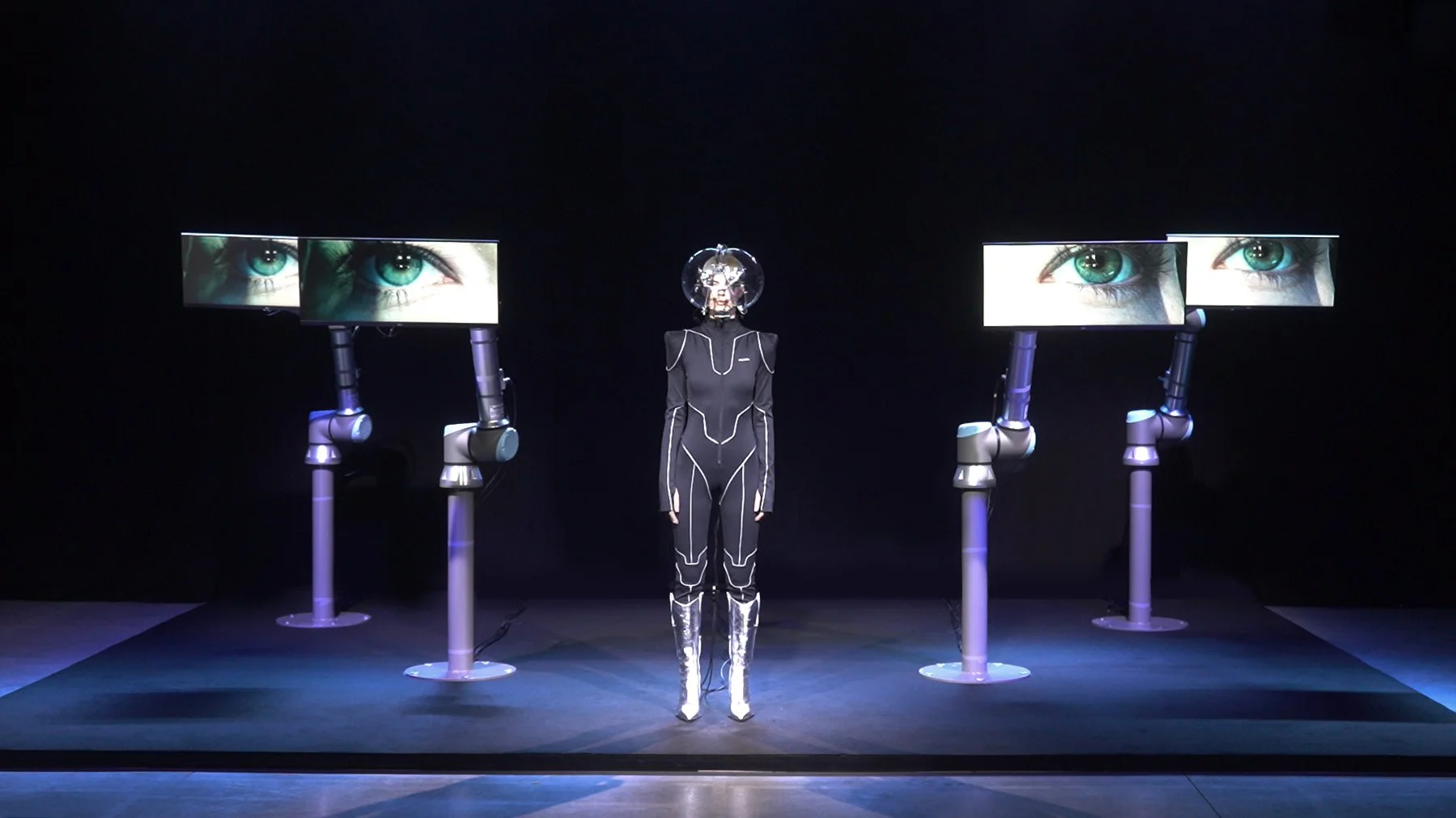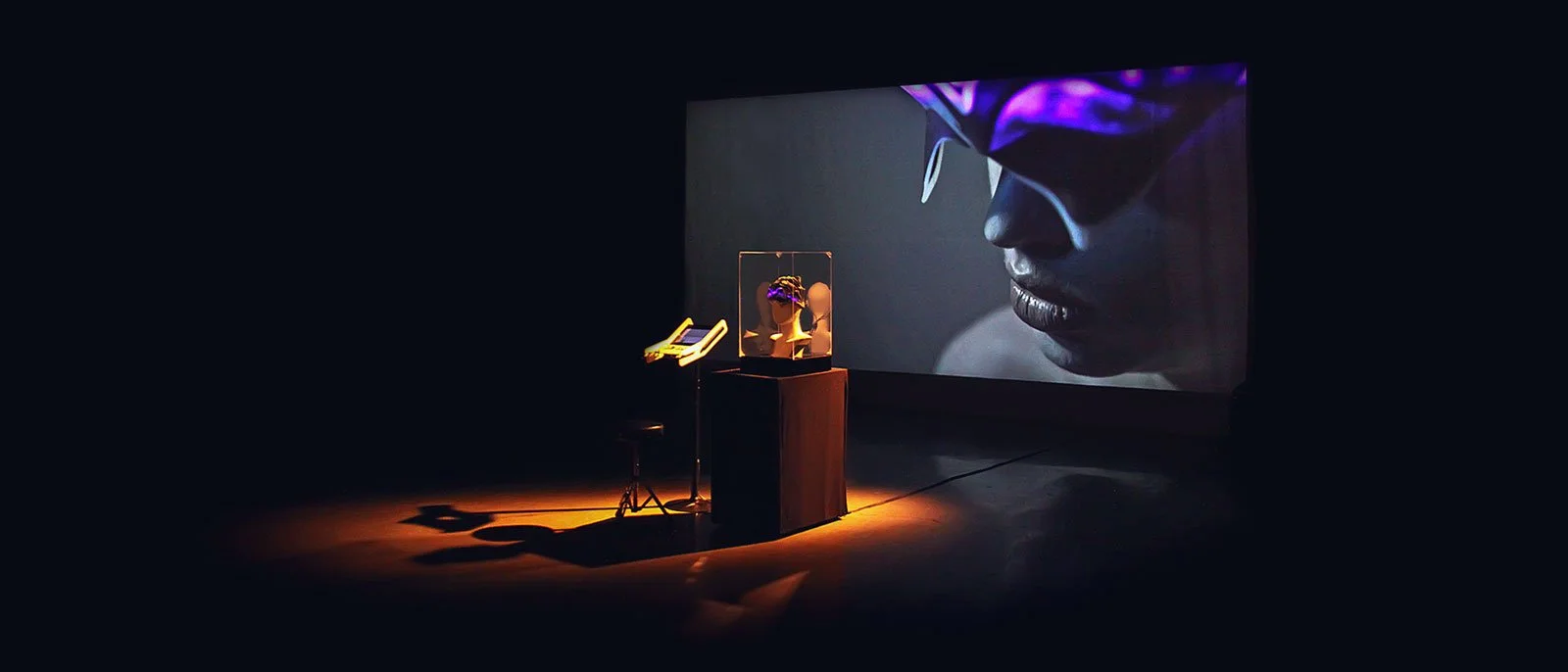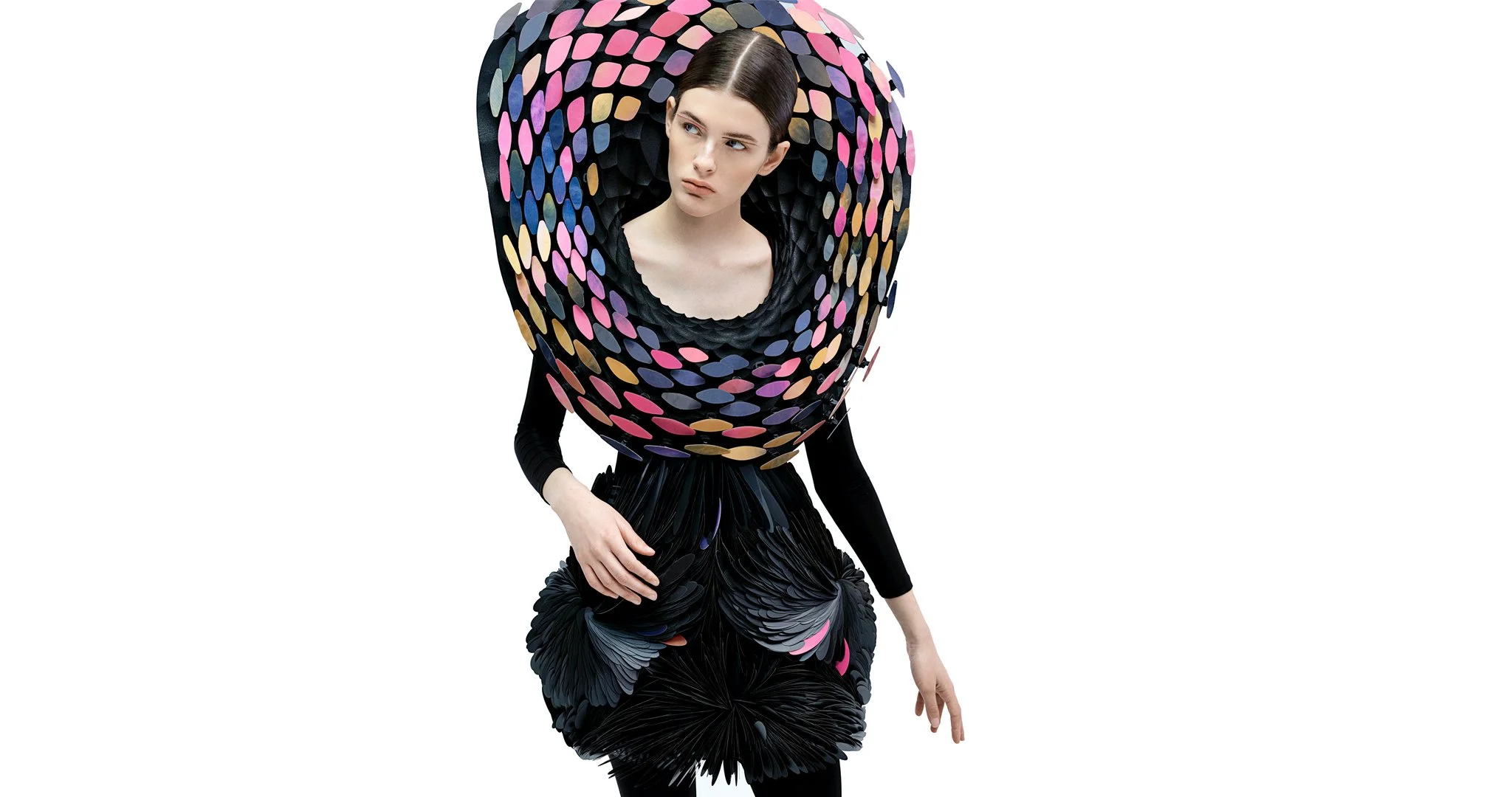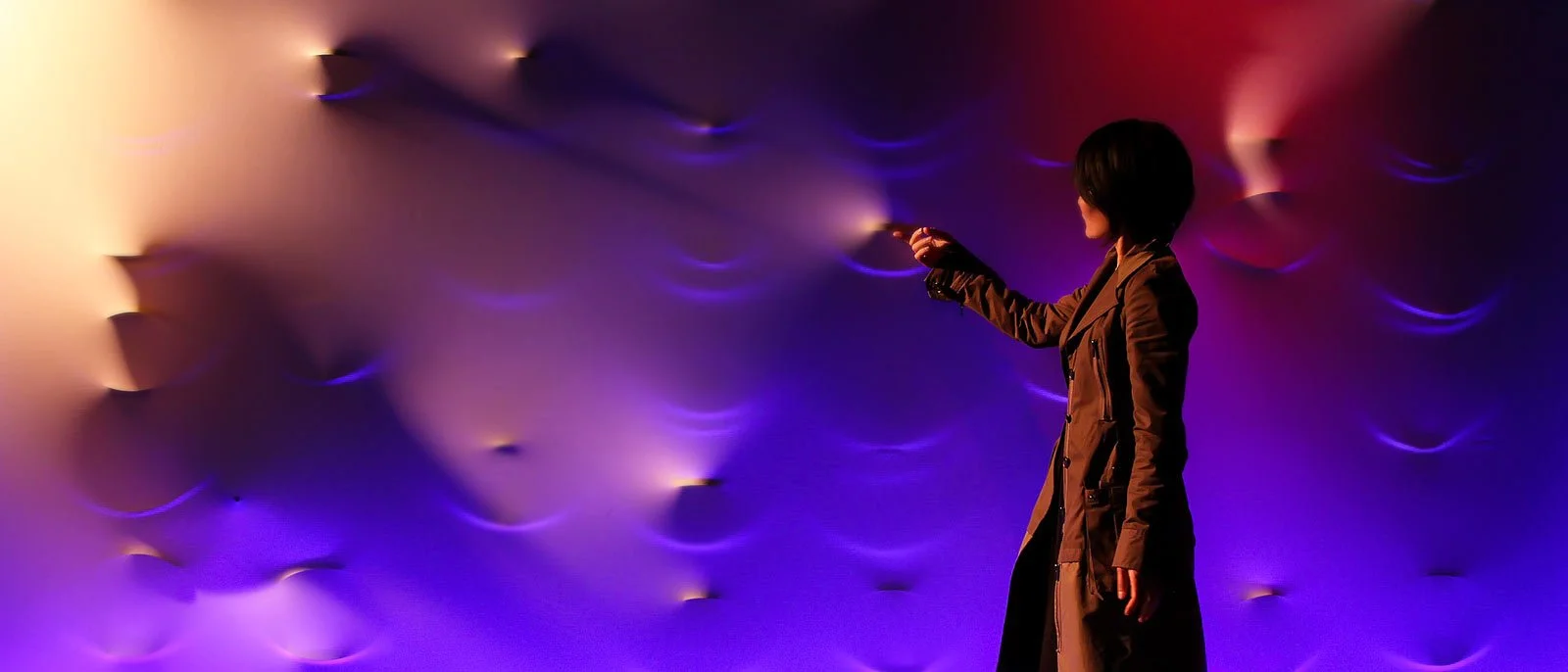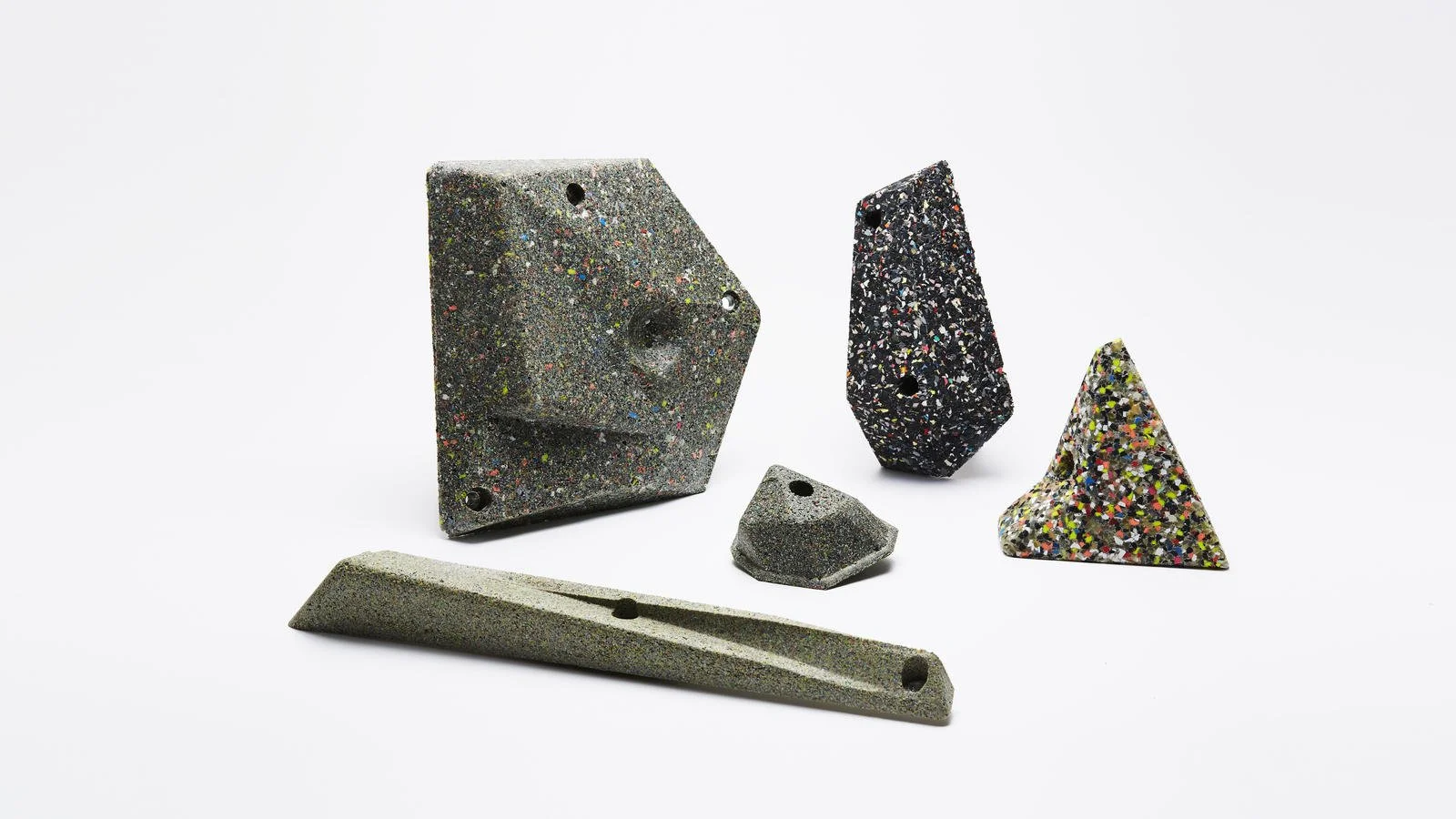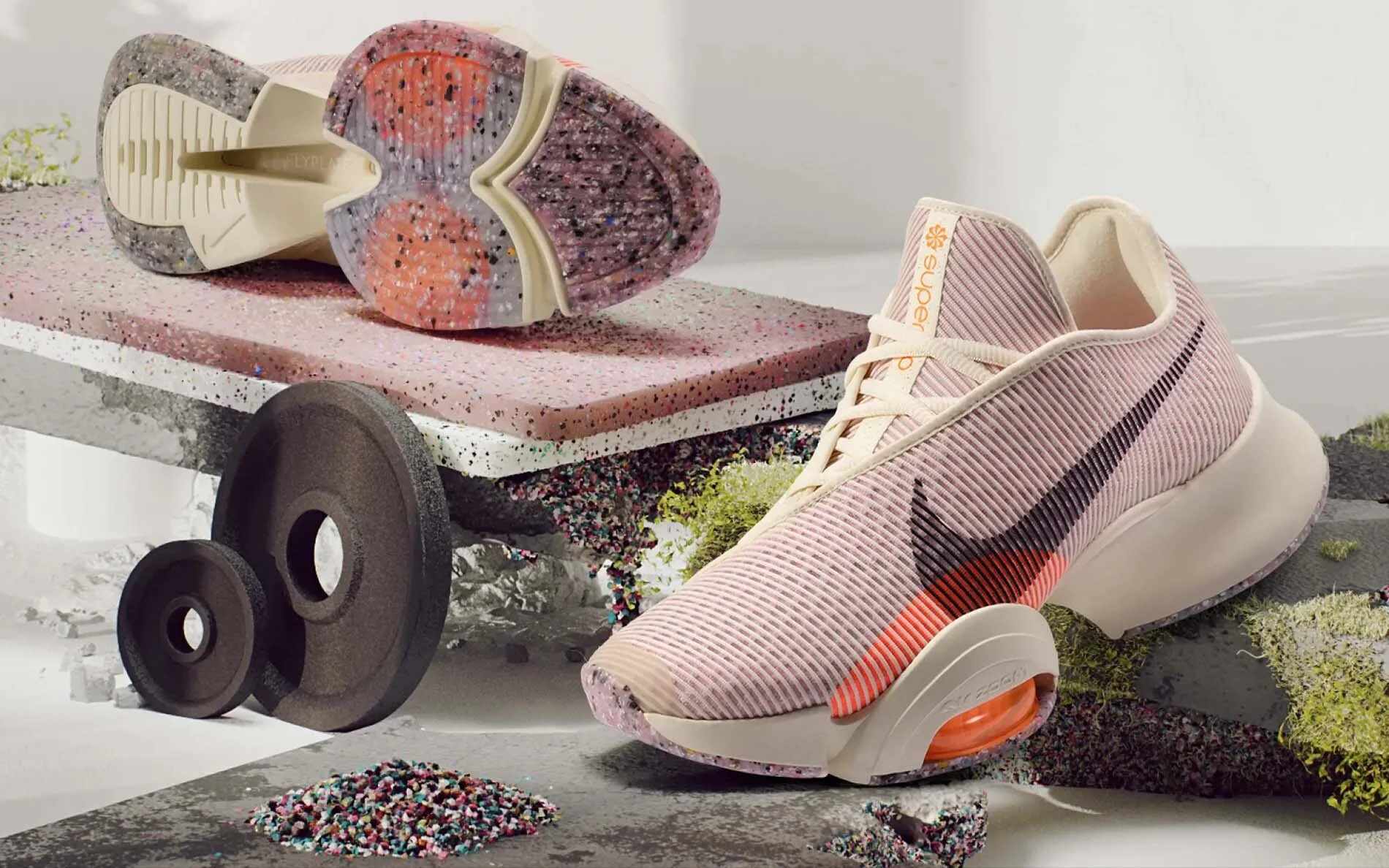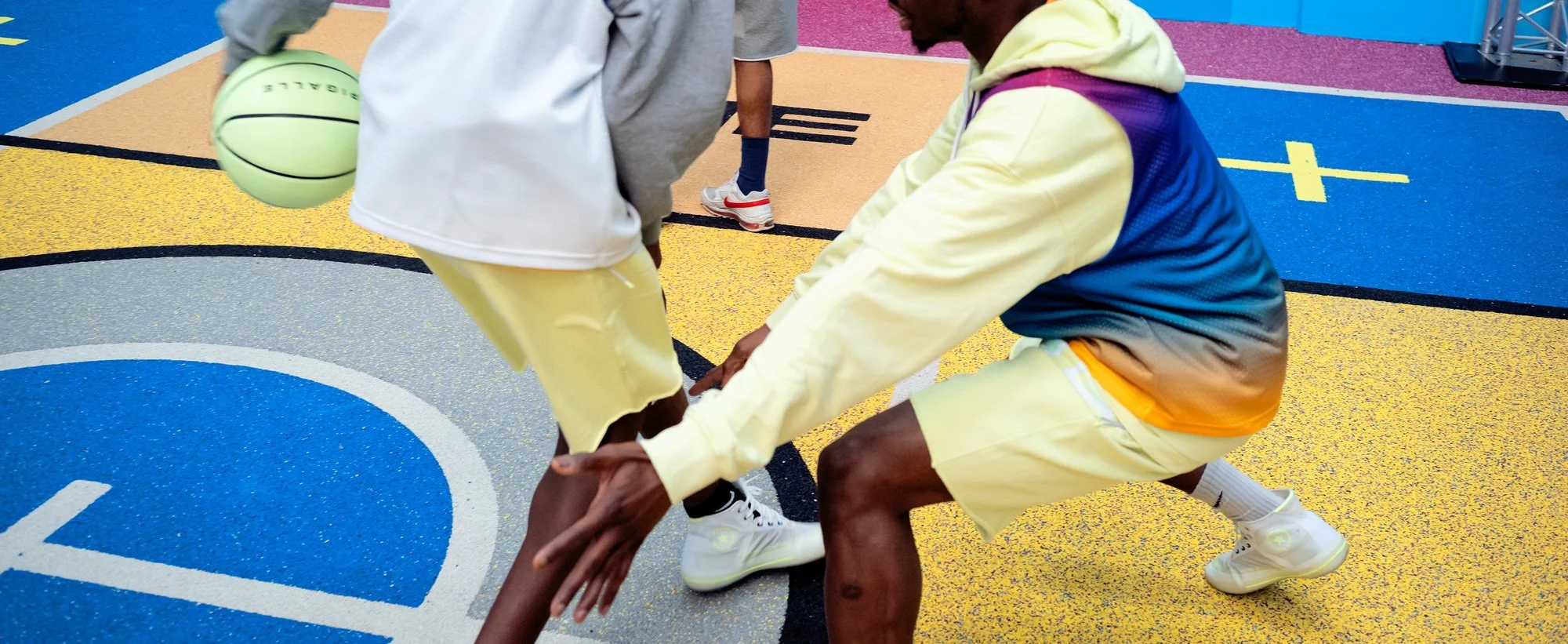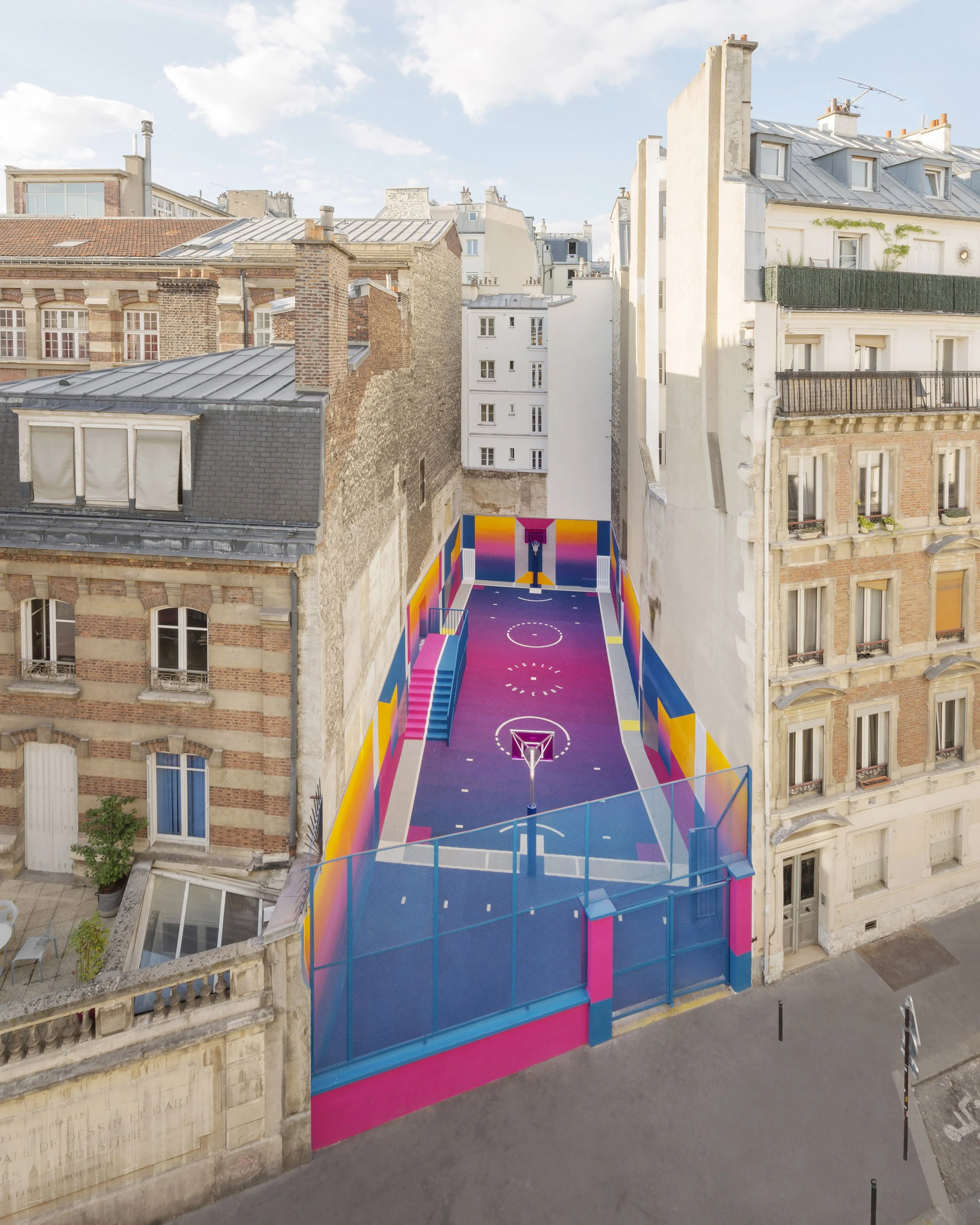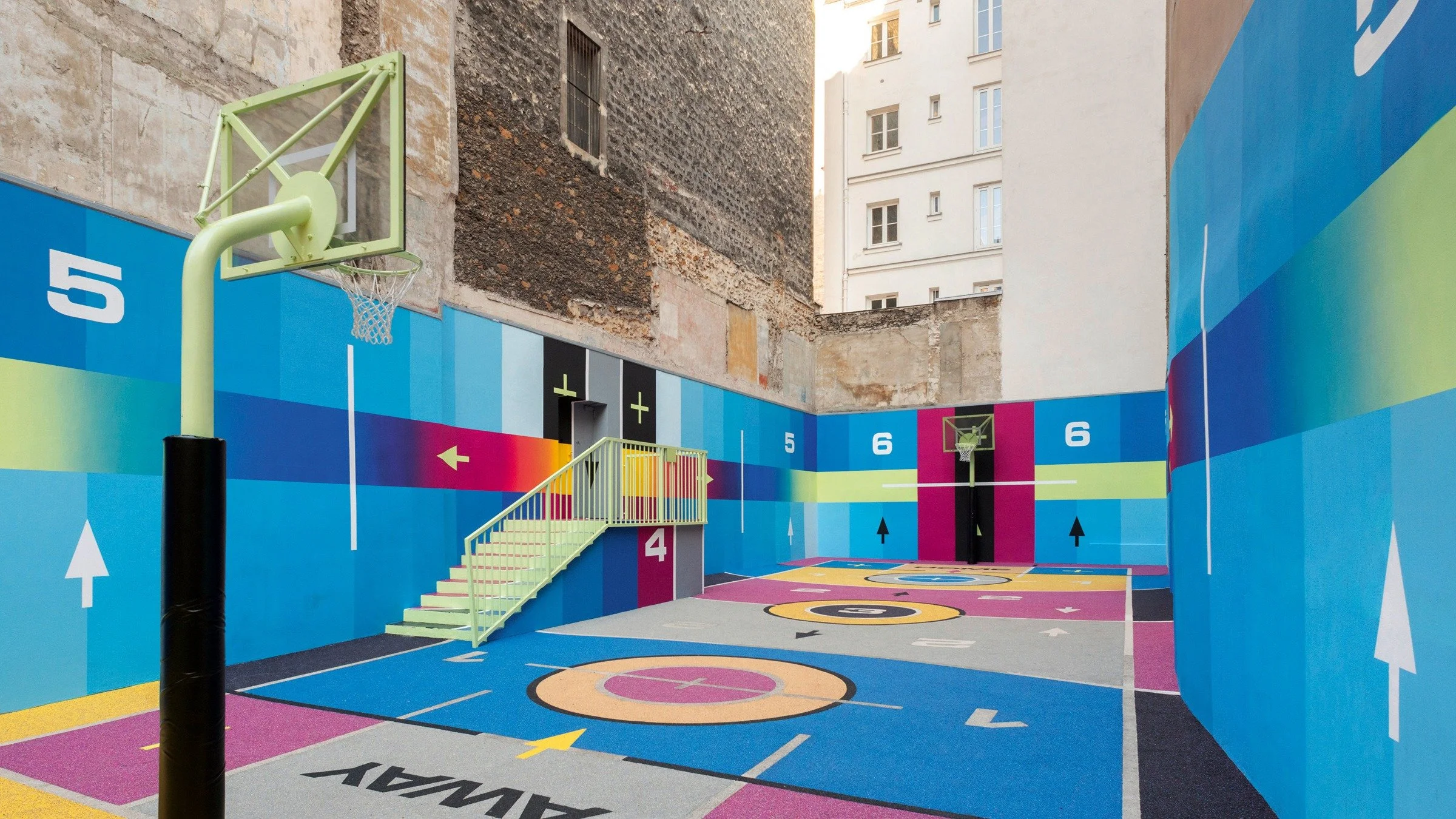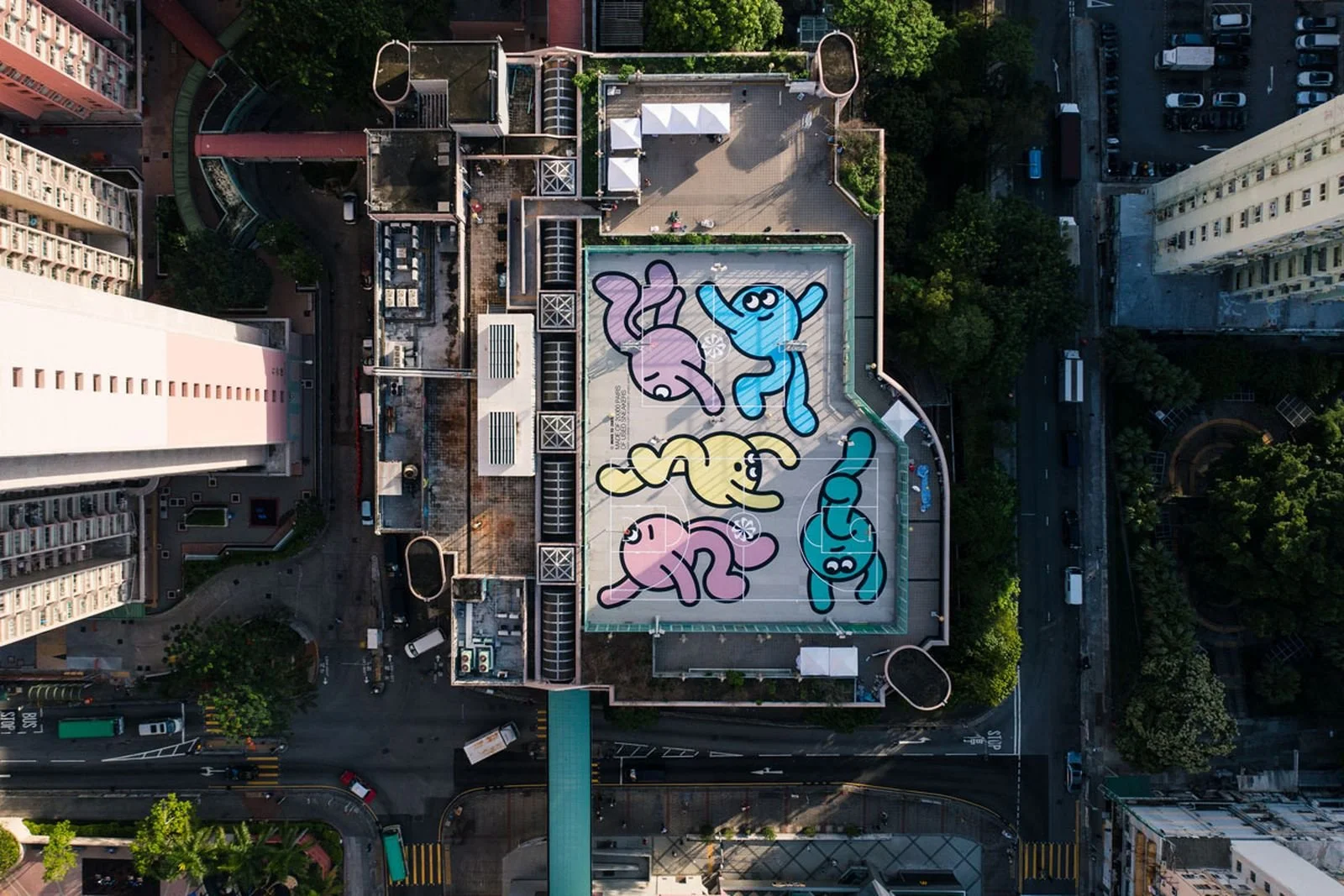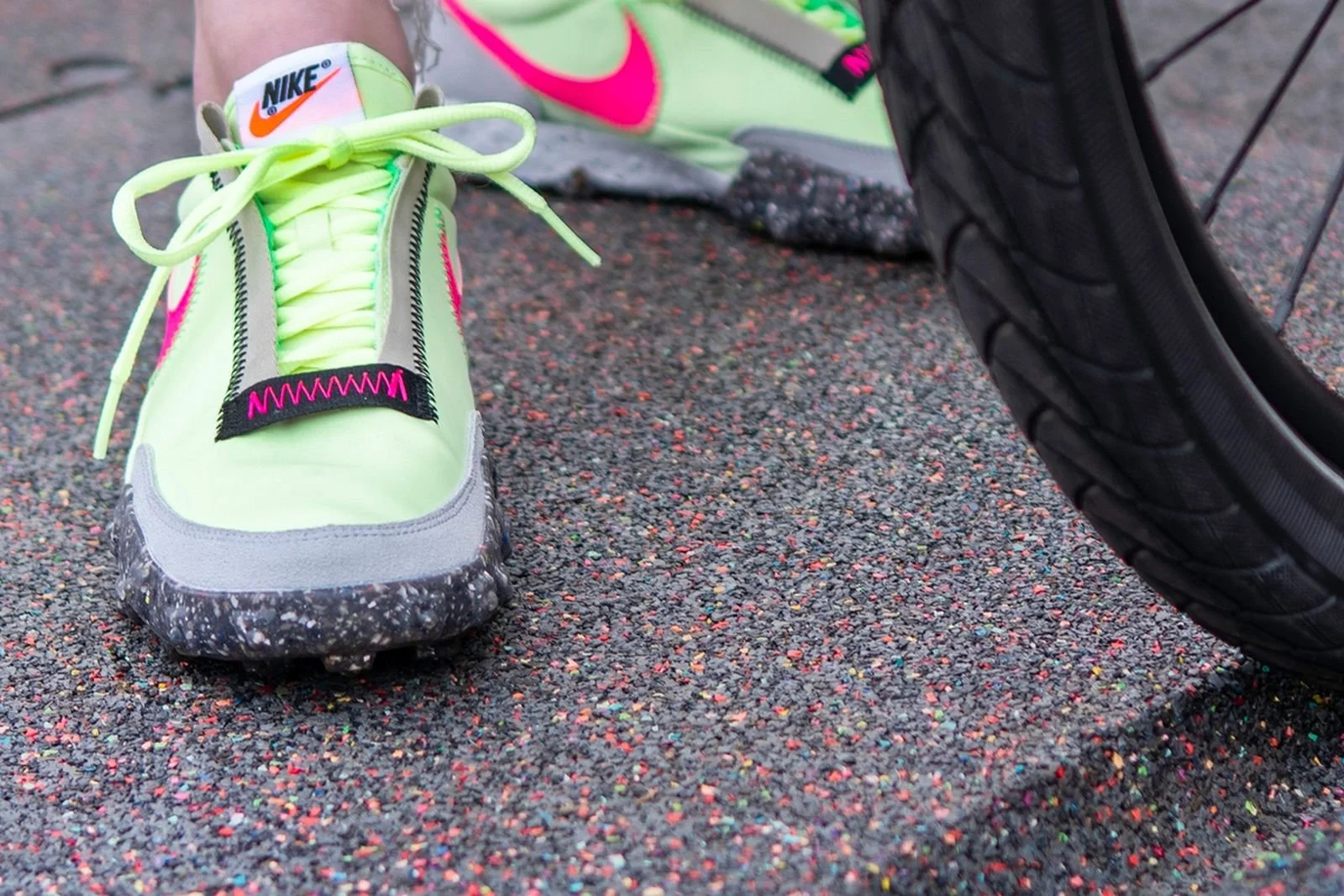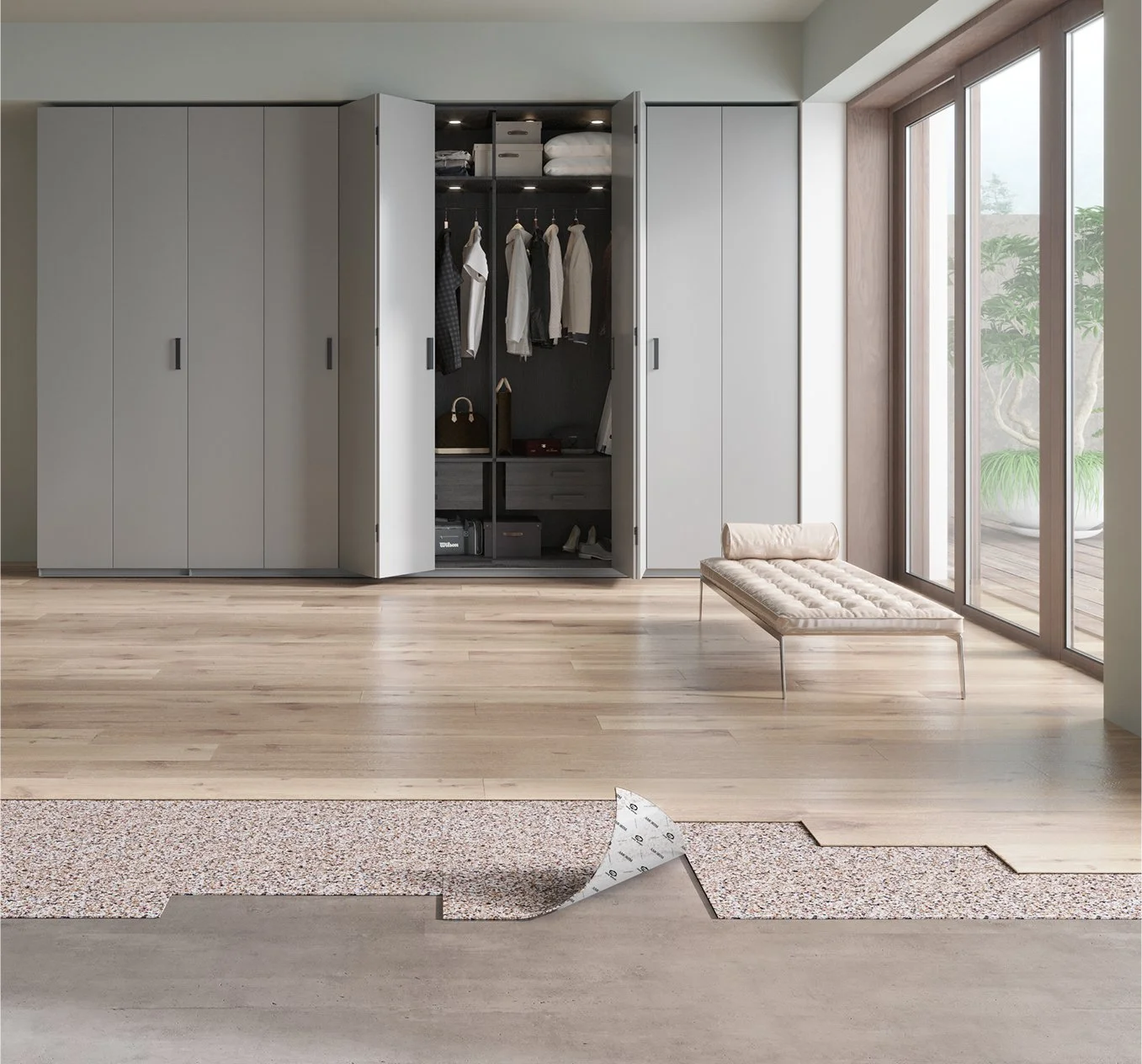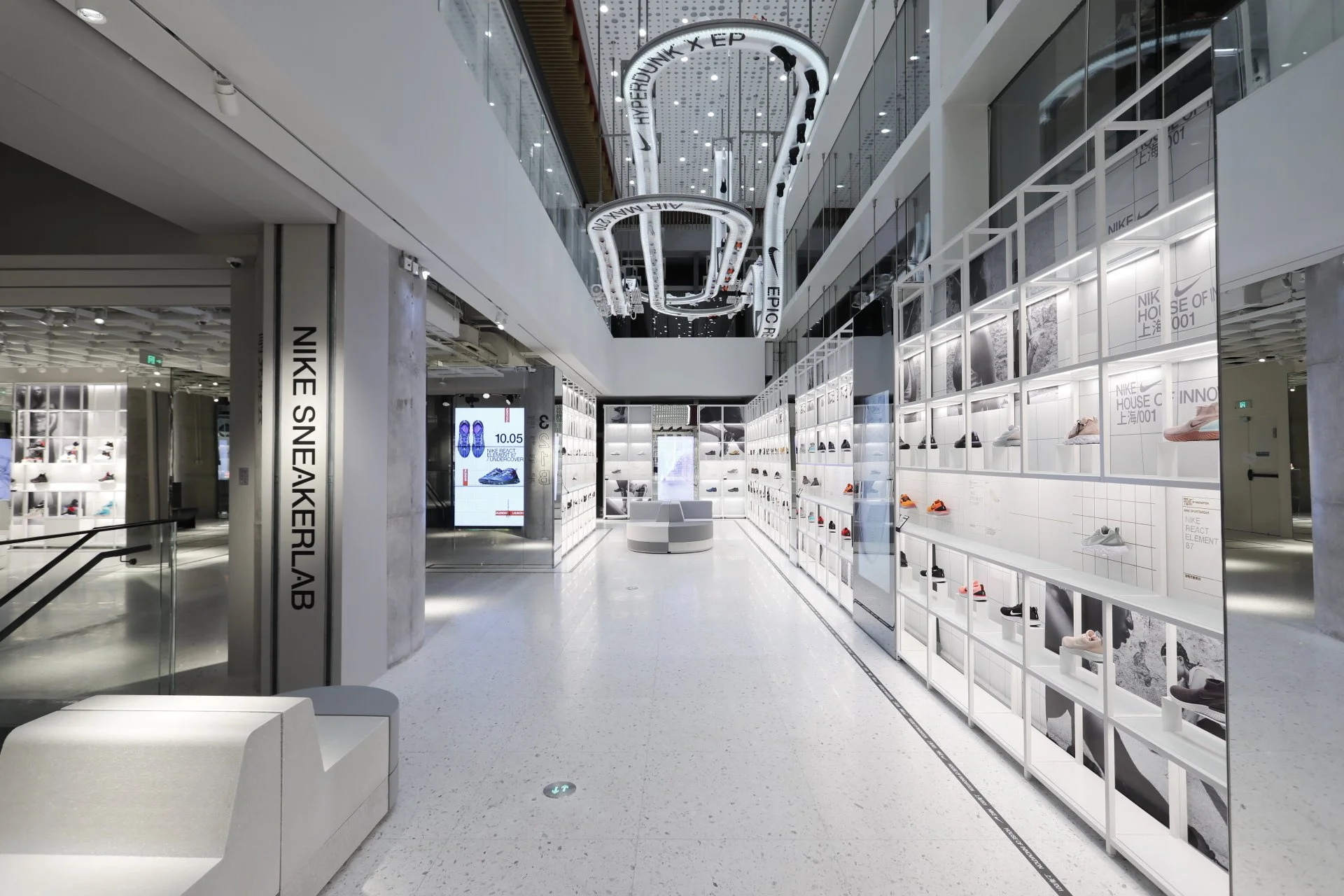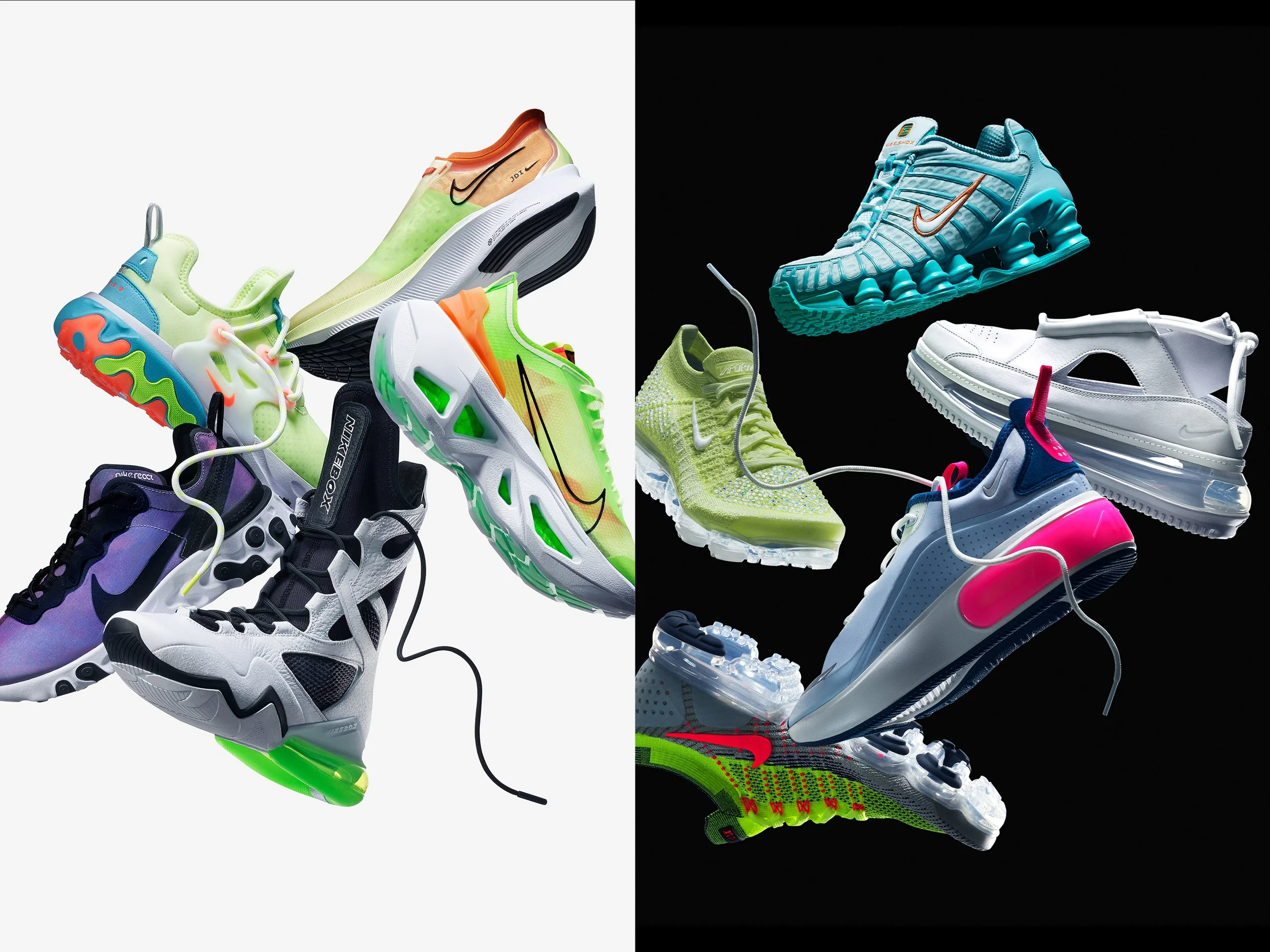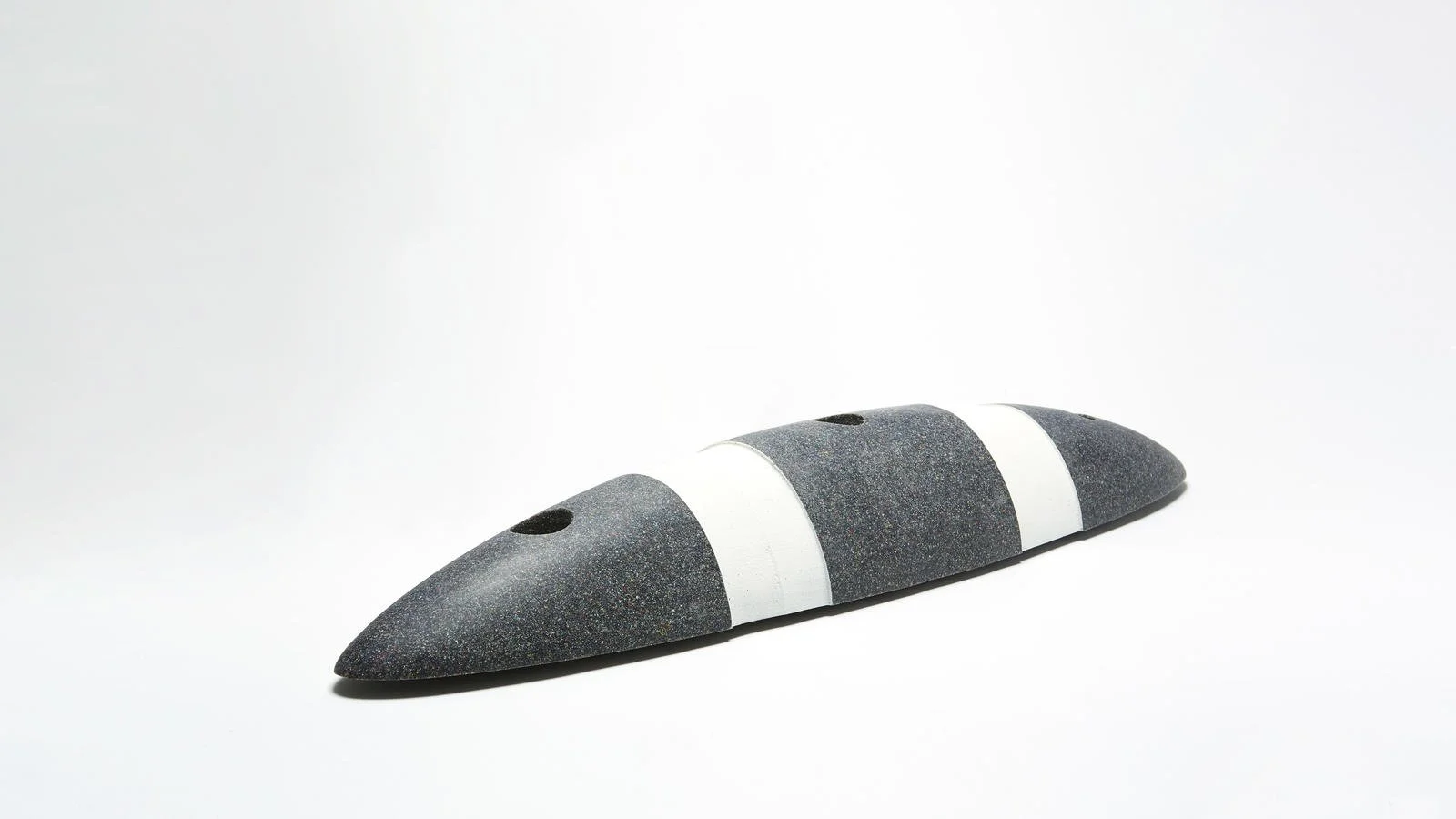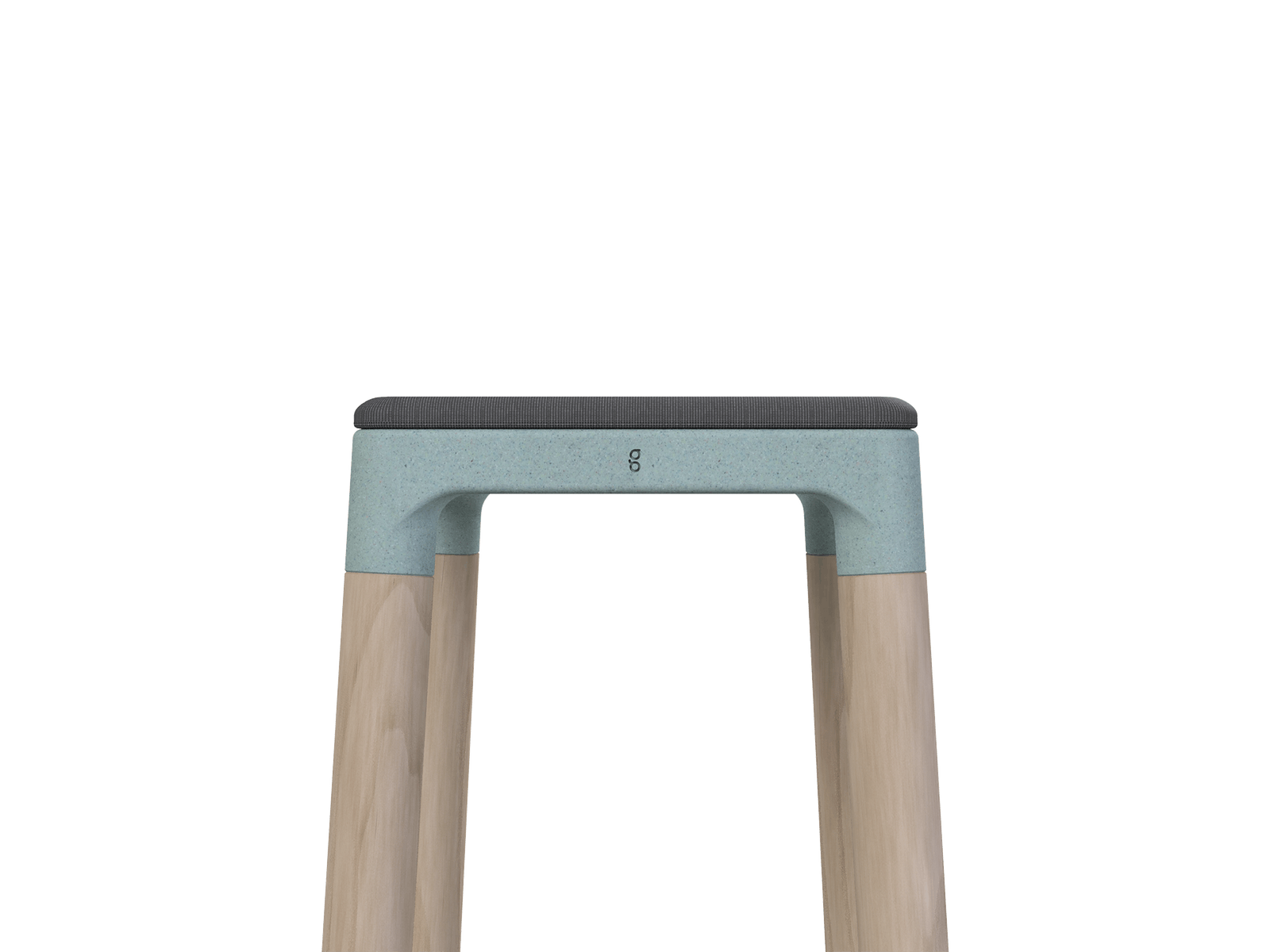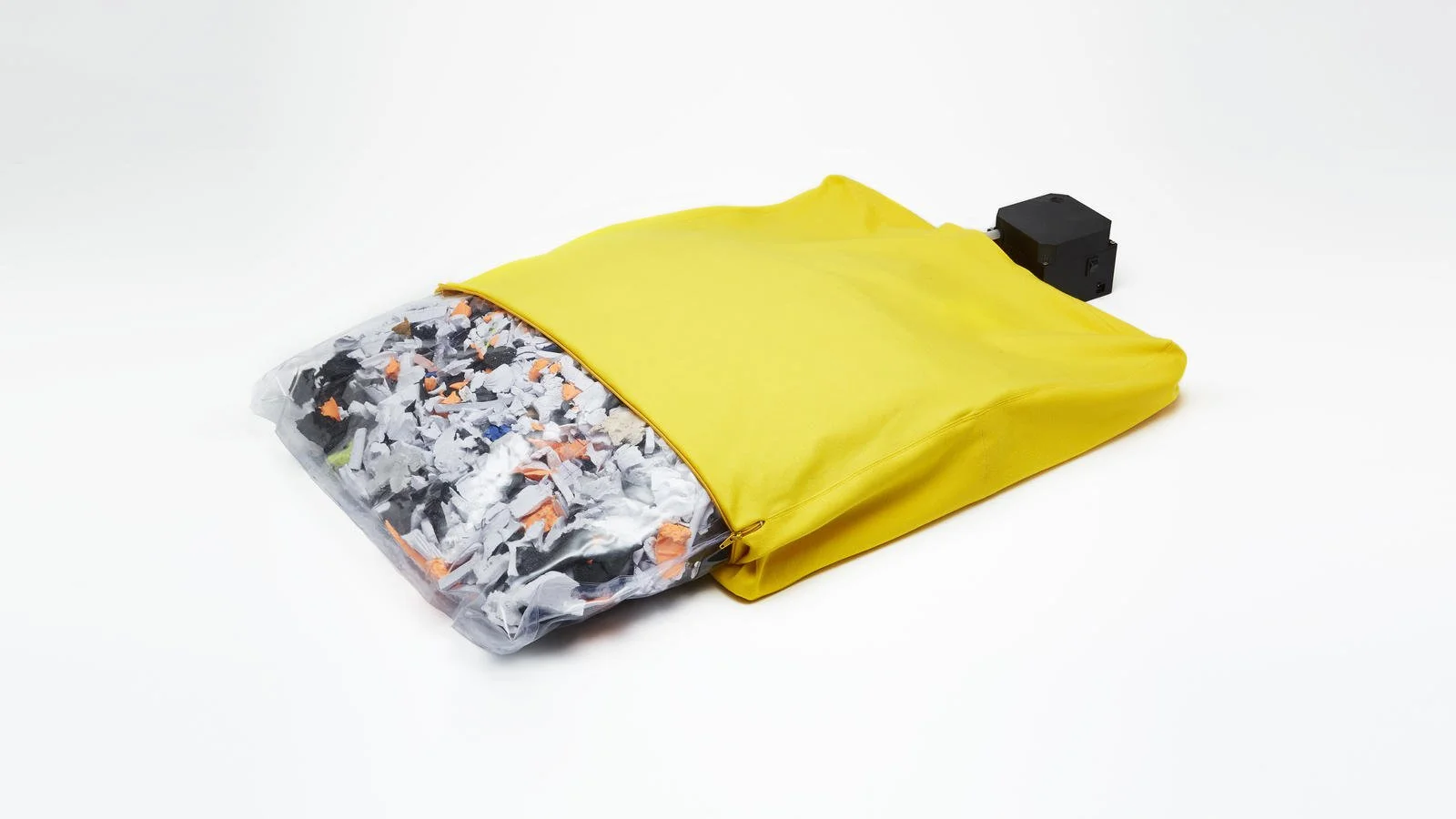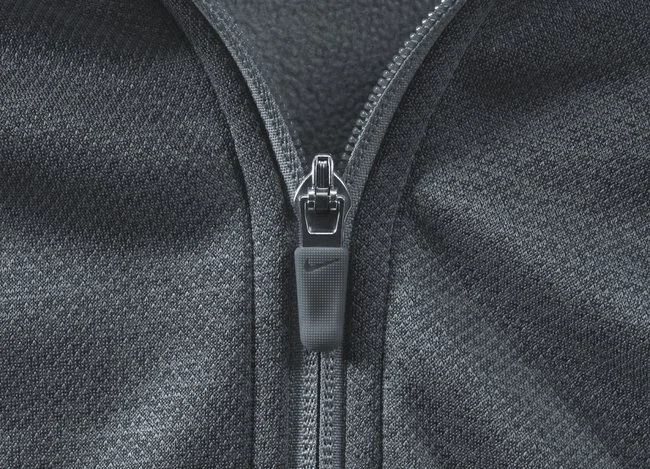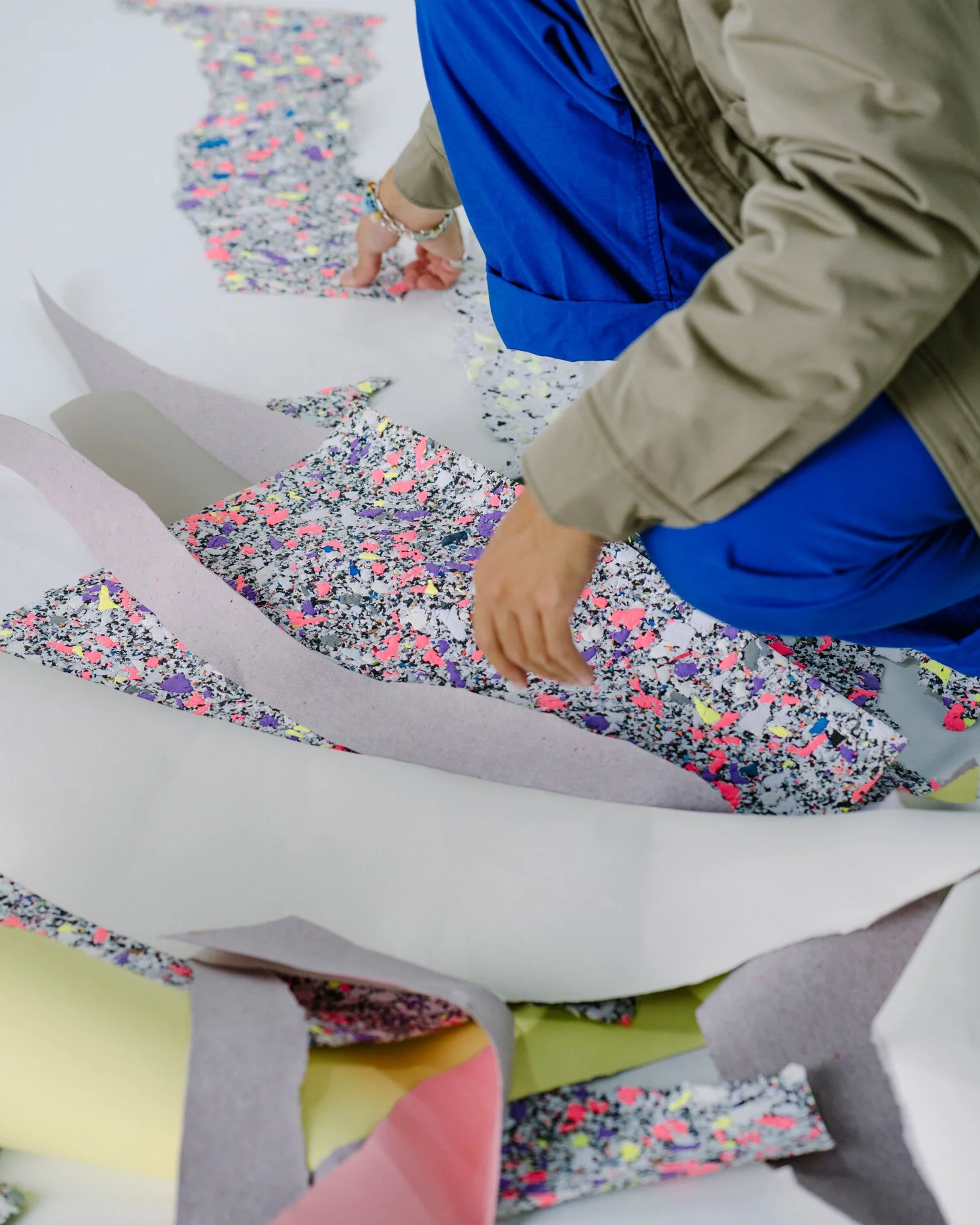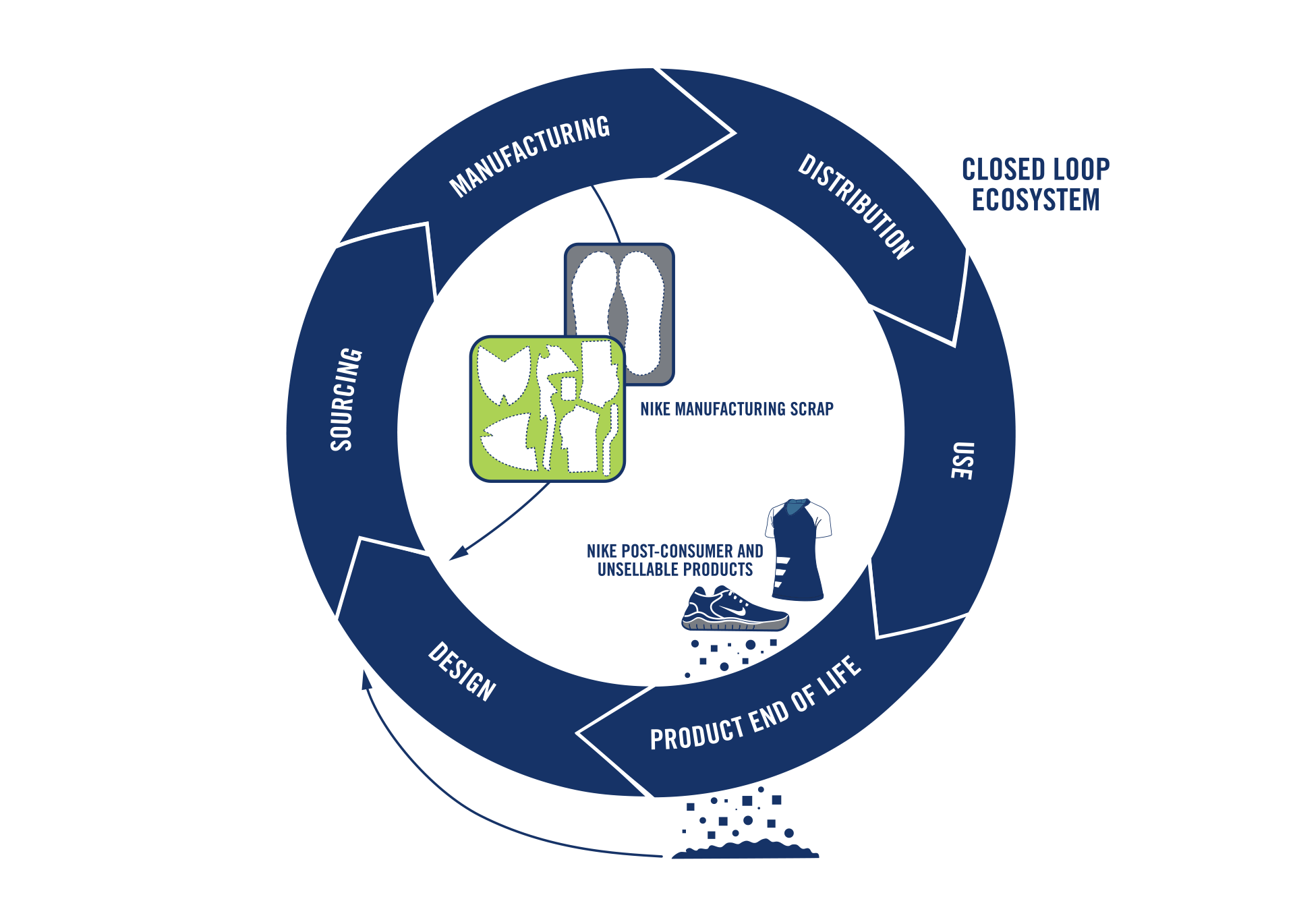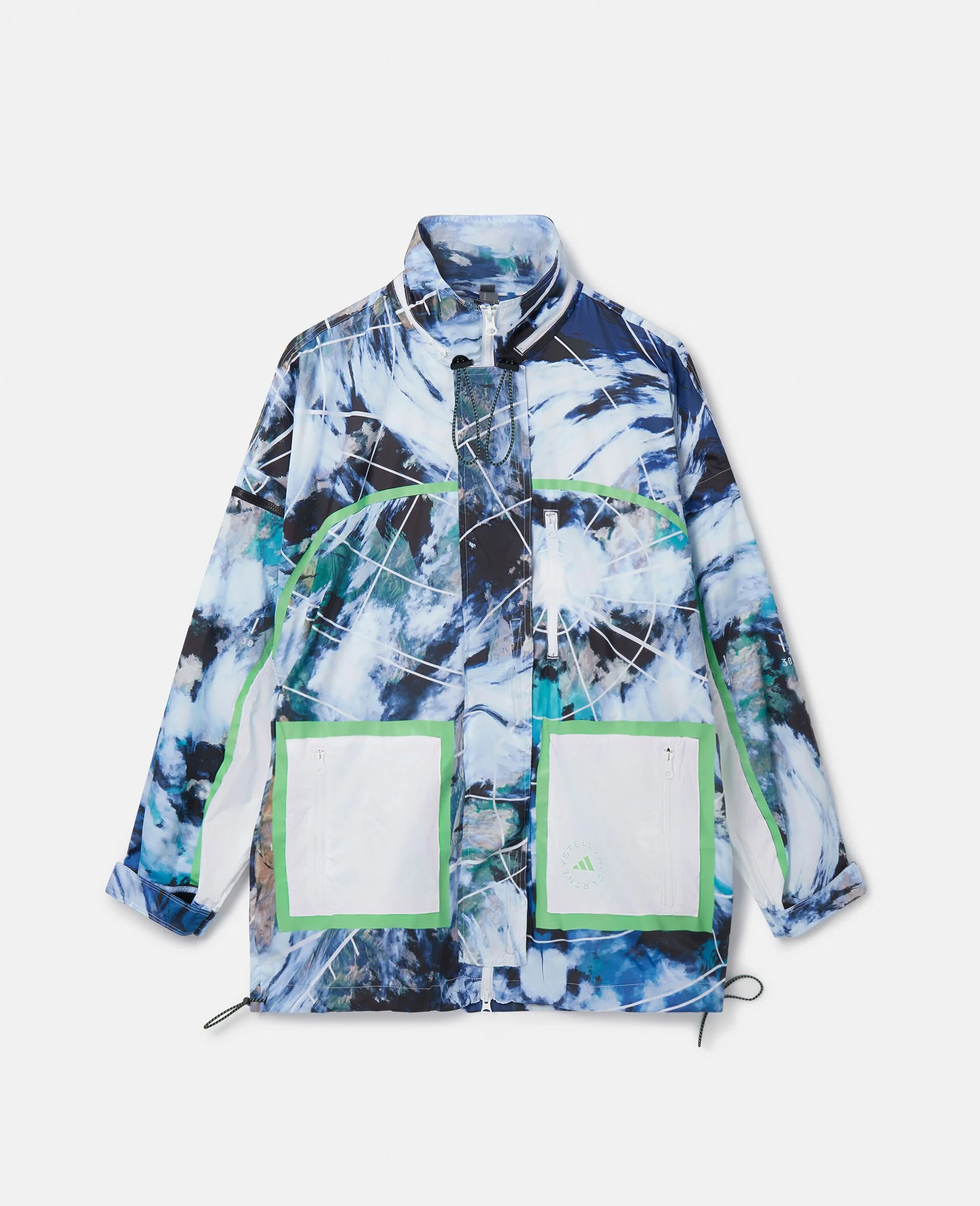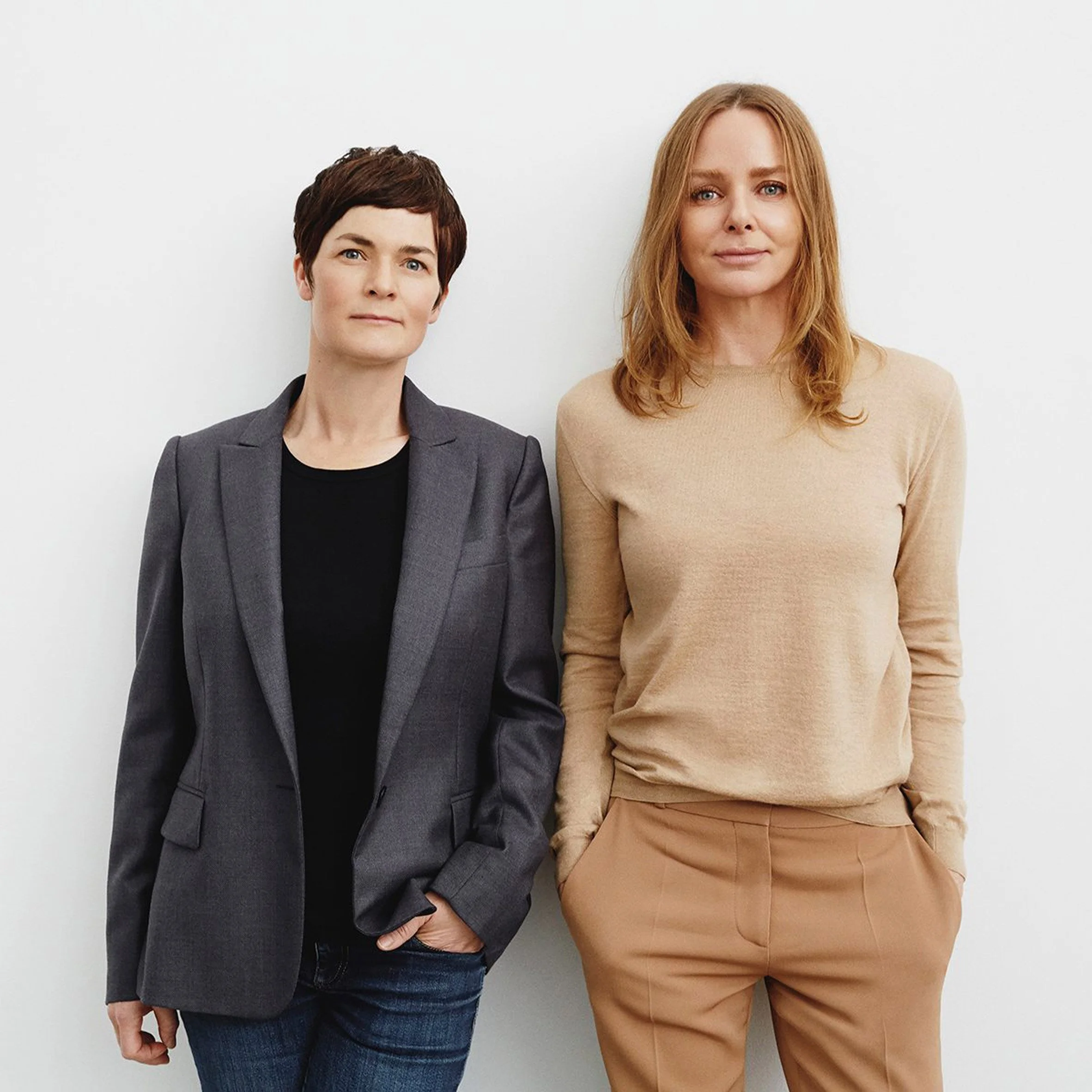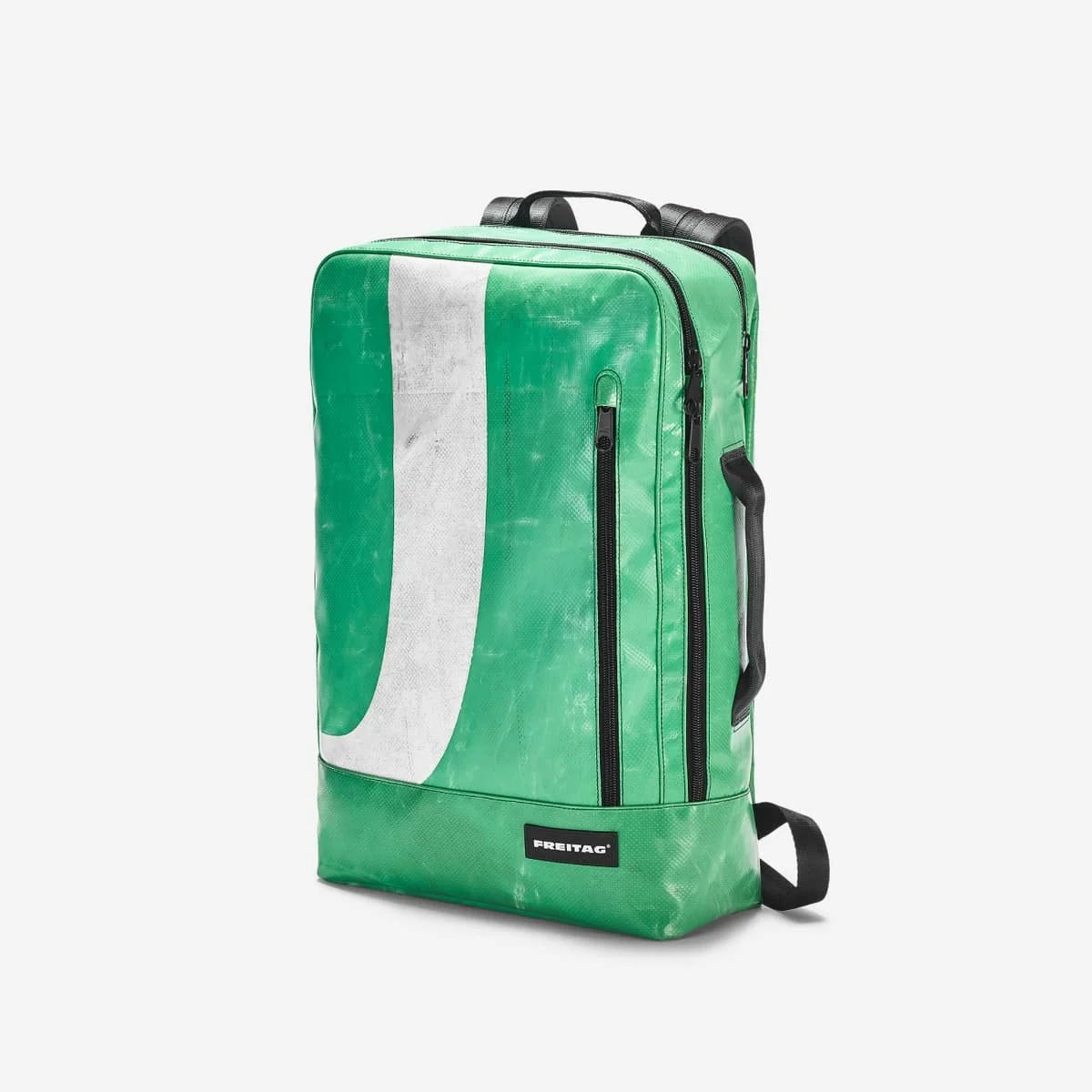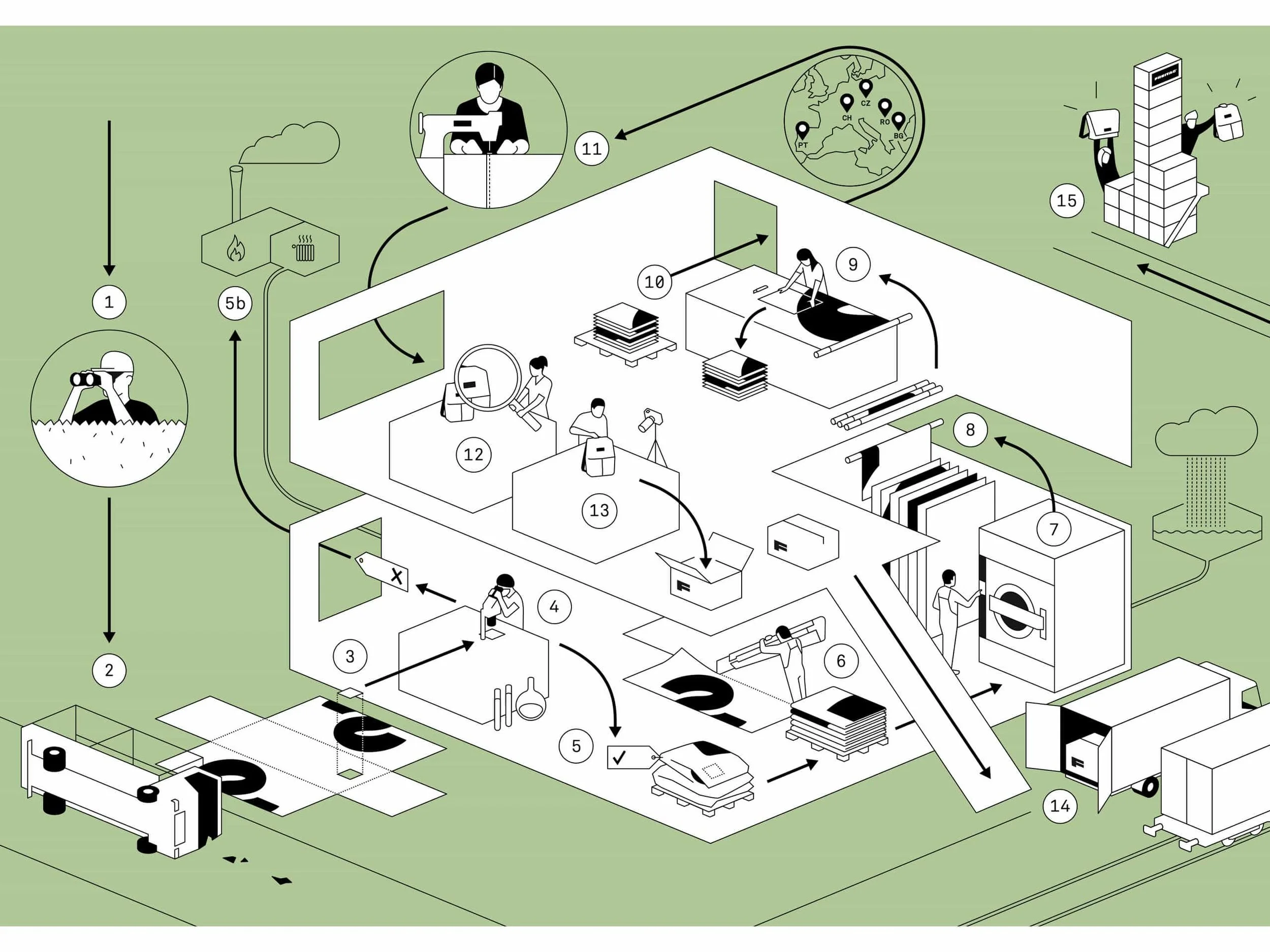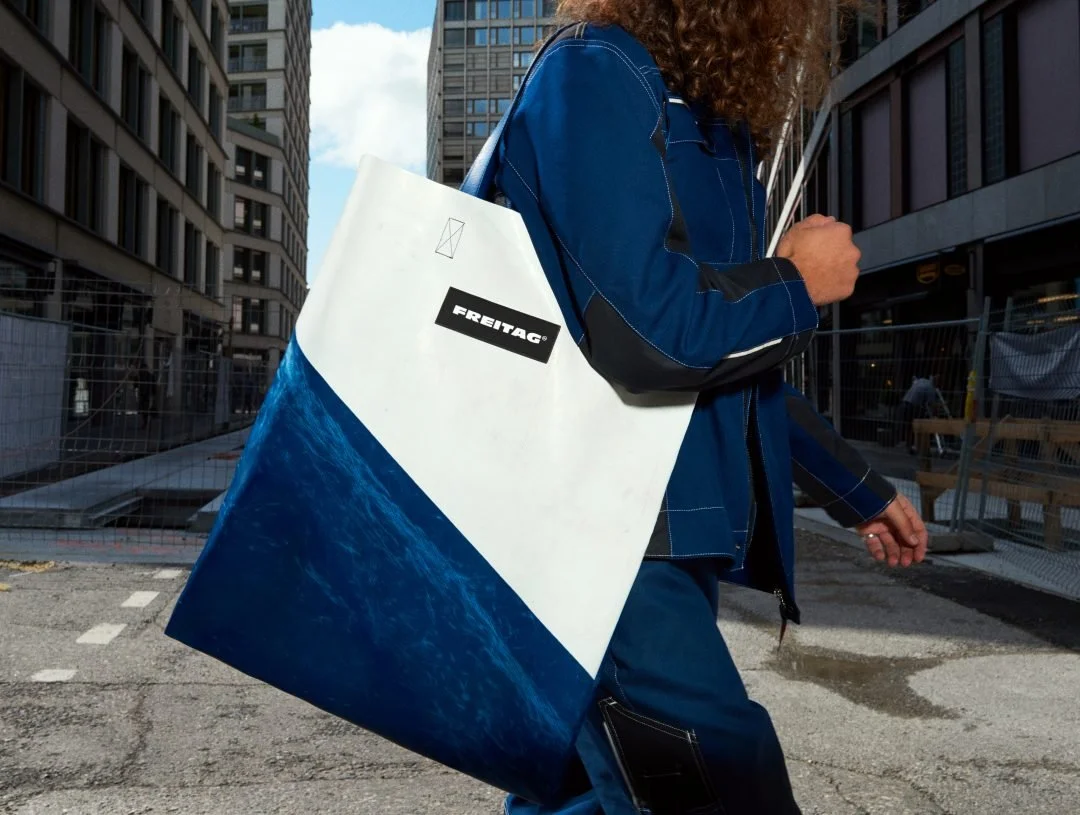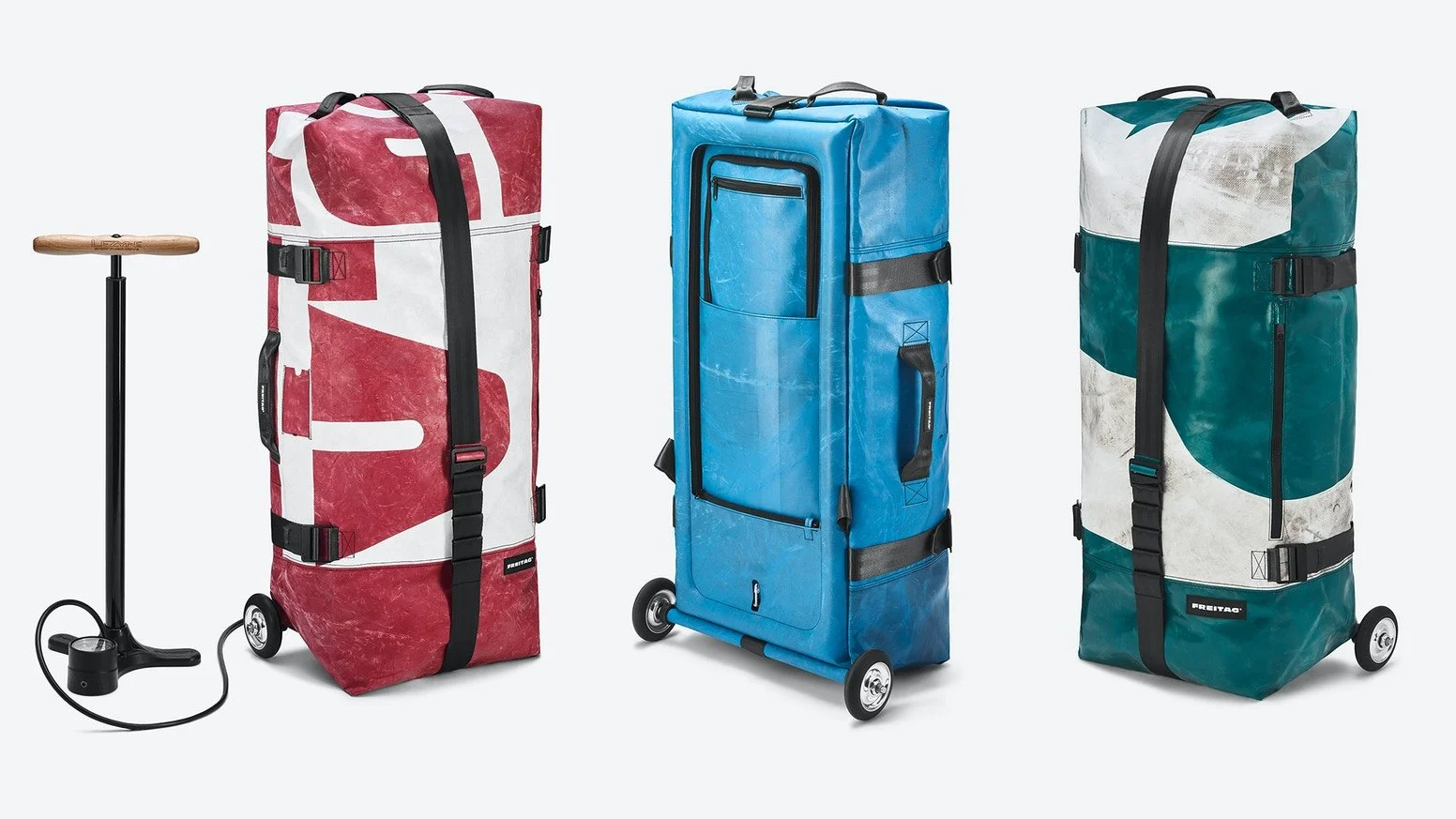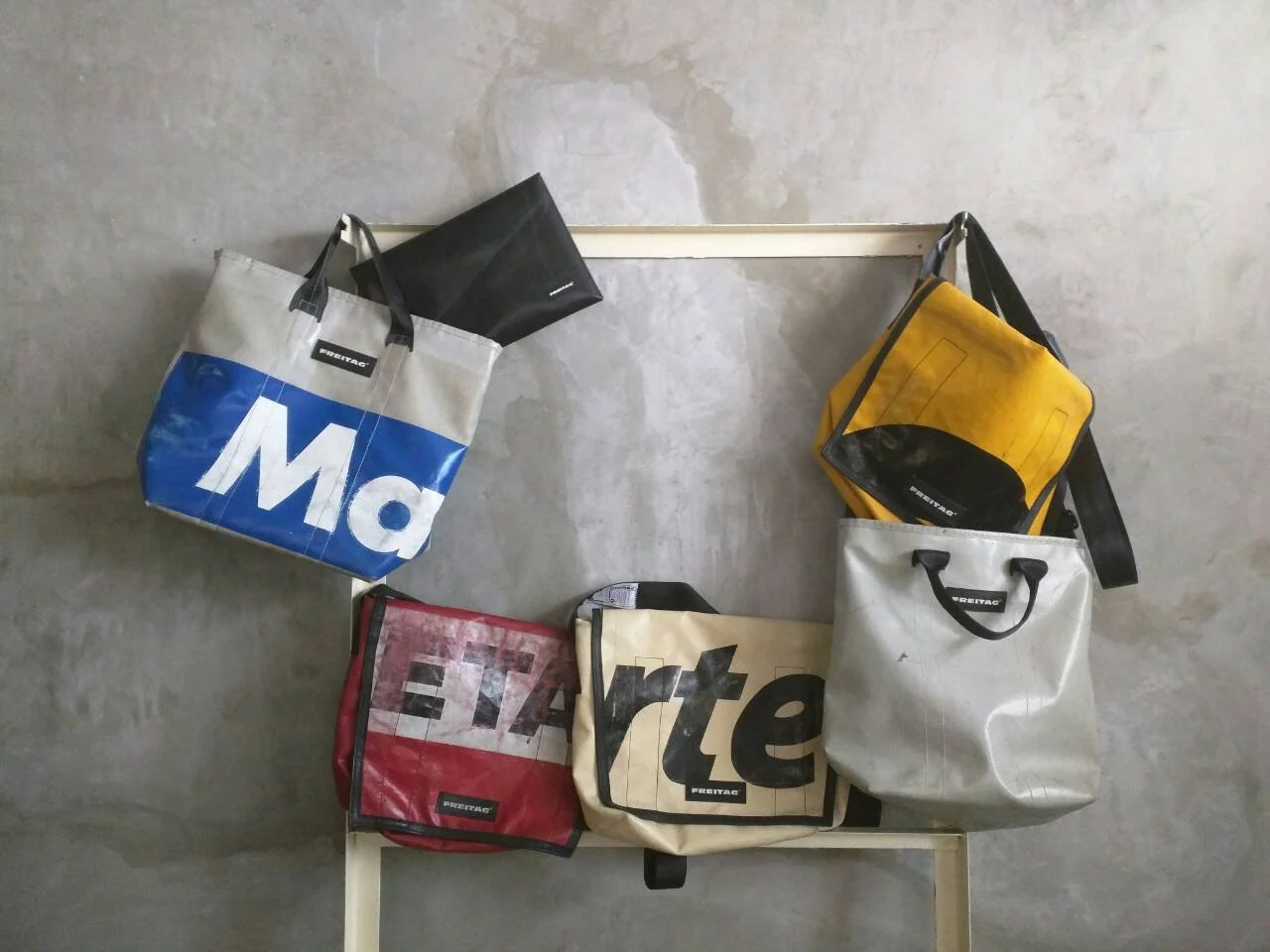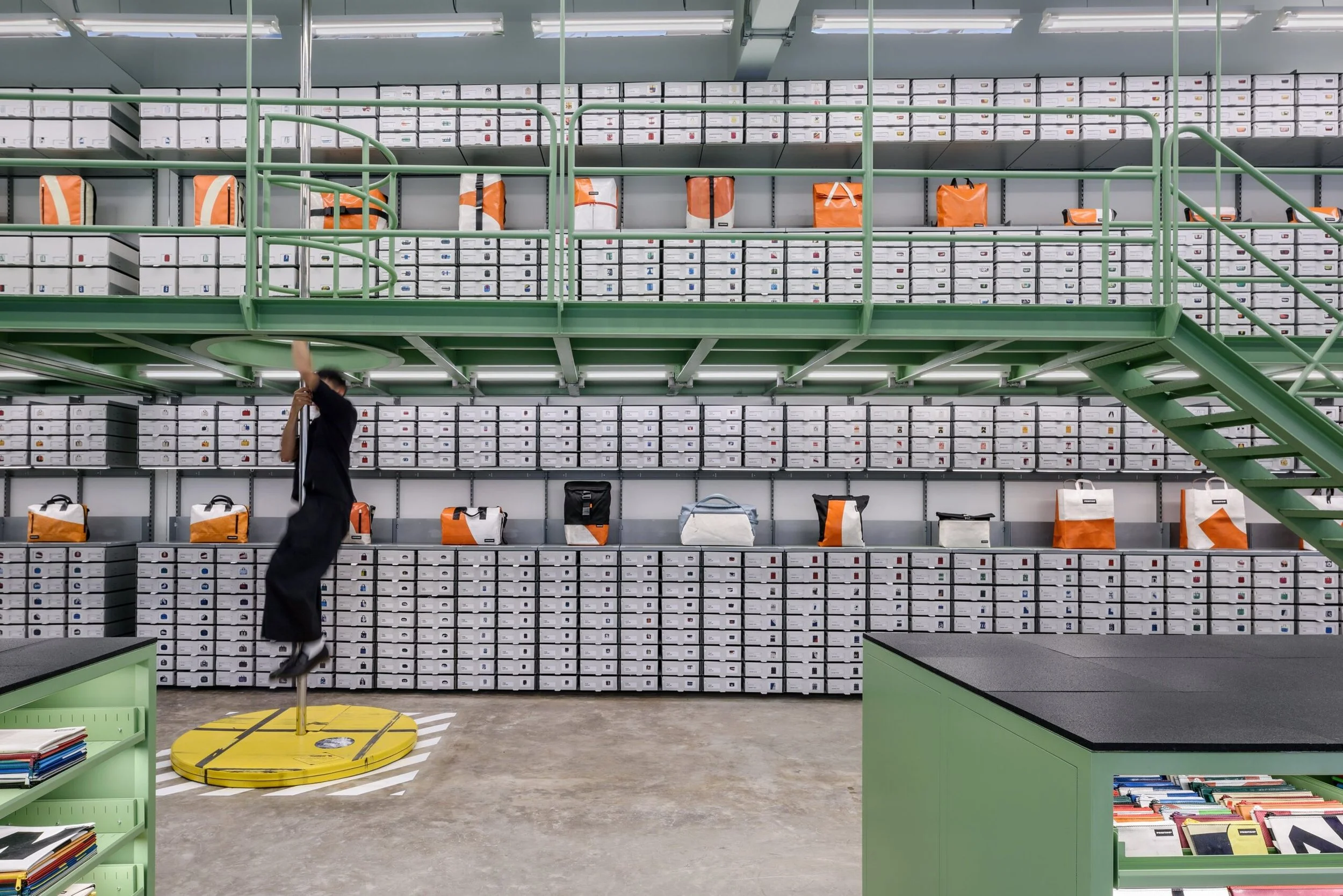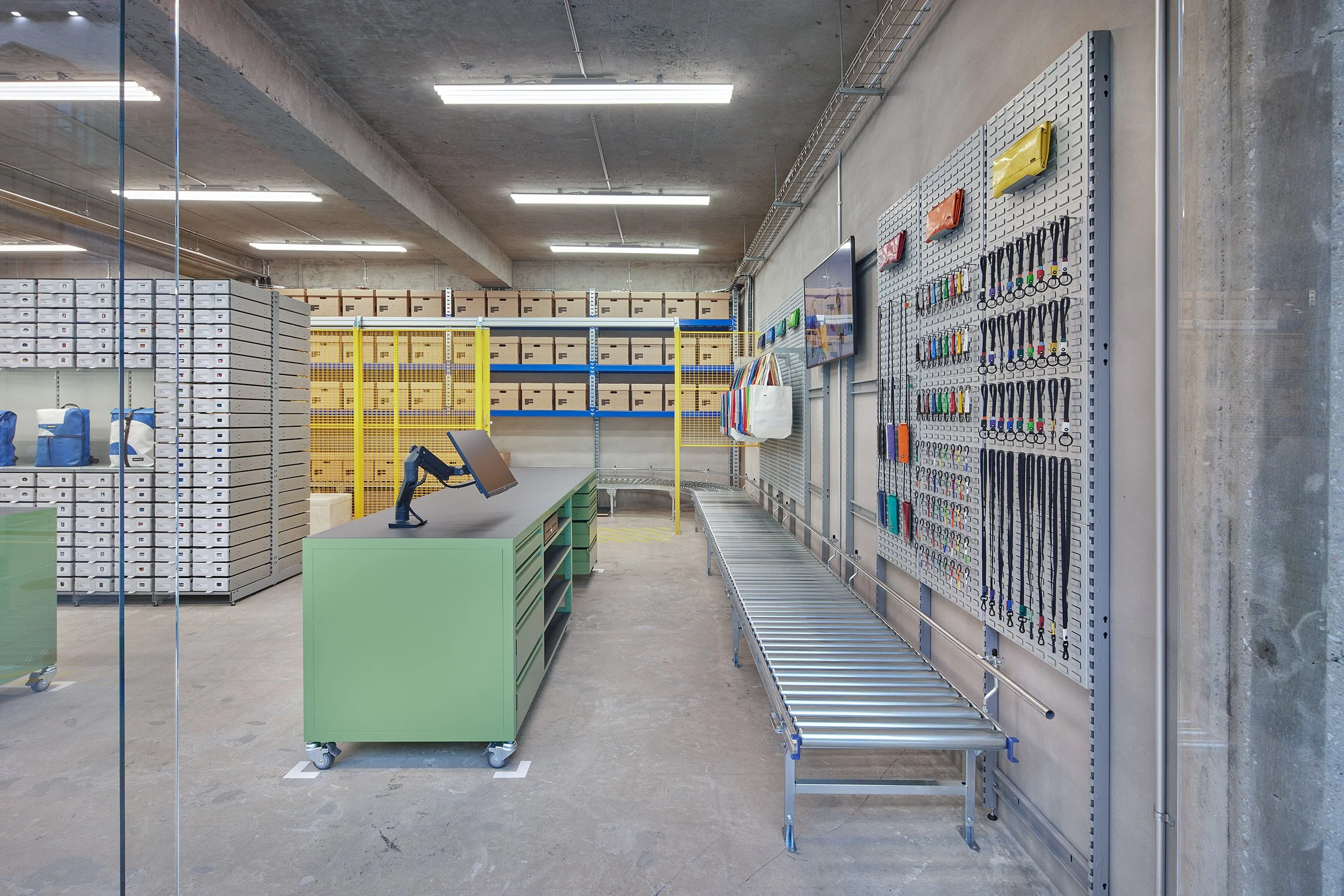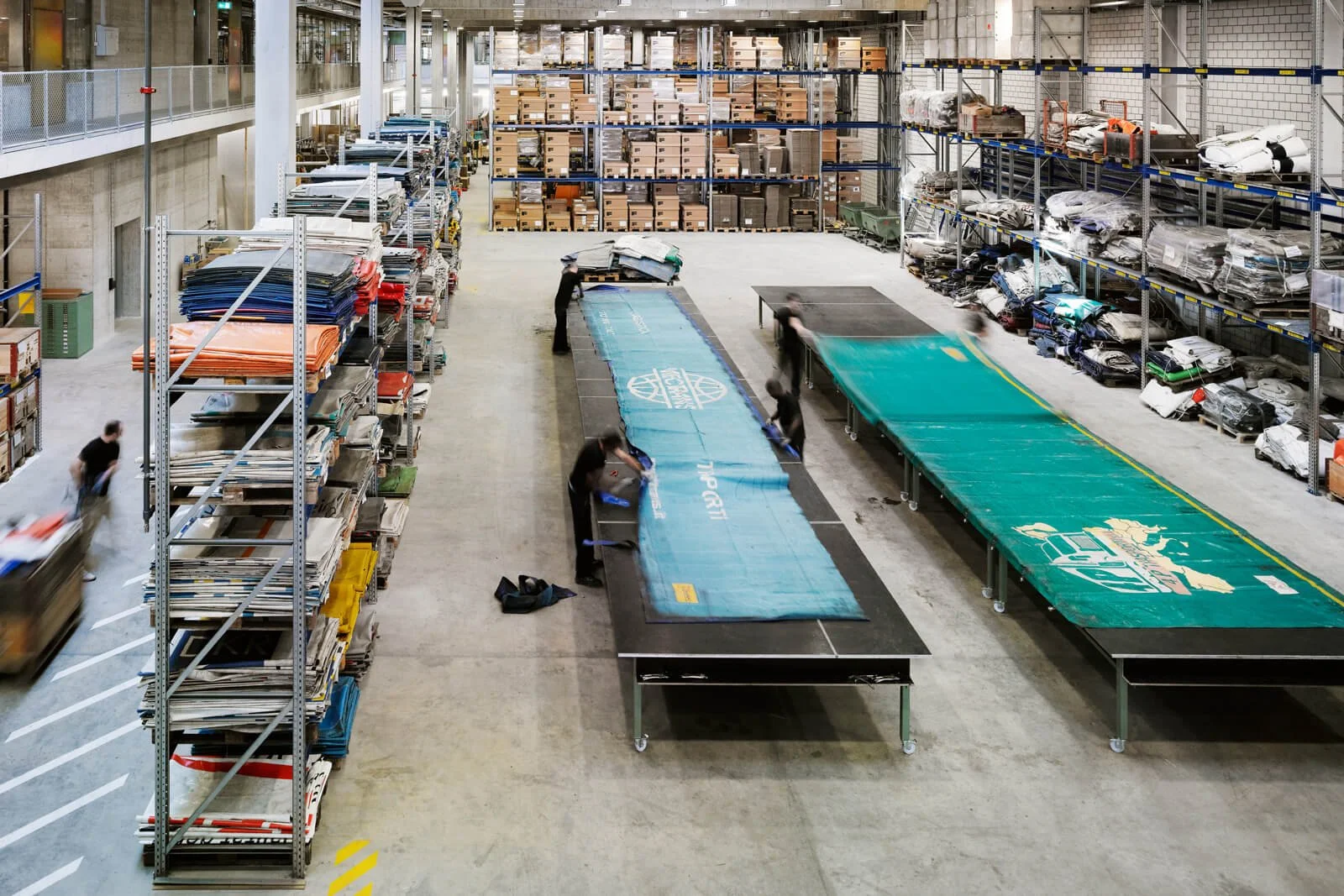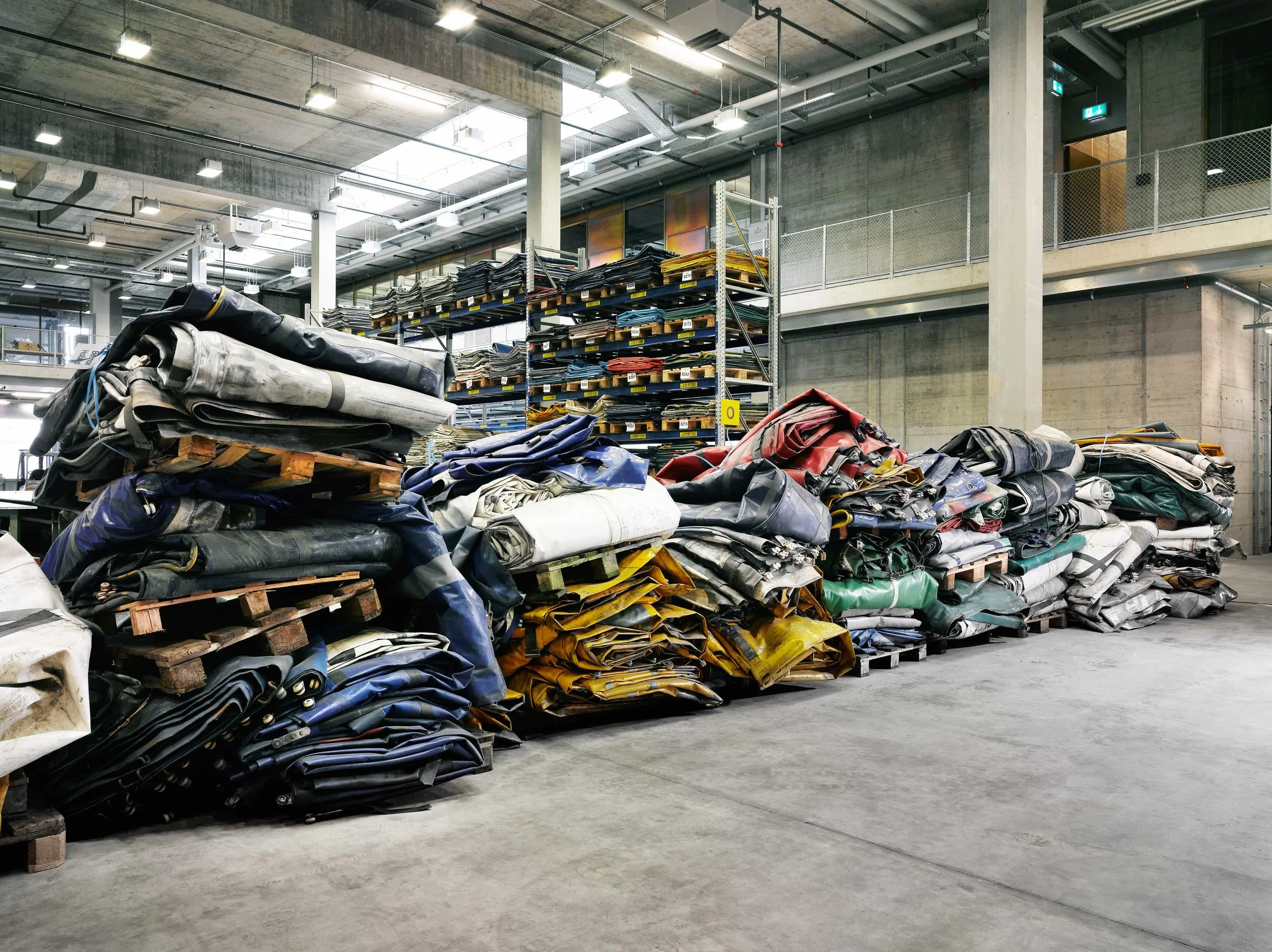 Image 1 of 10
Image 1 of 10

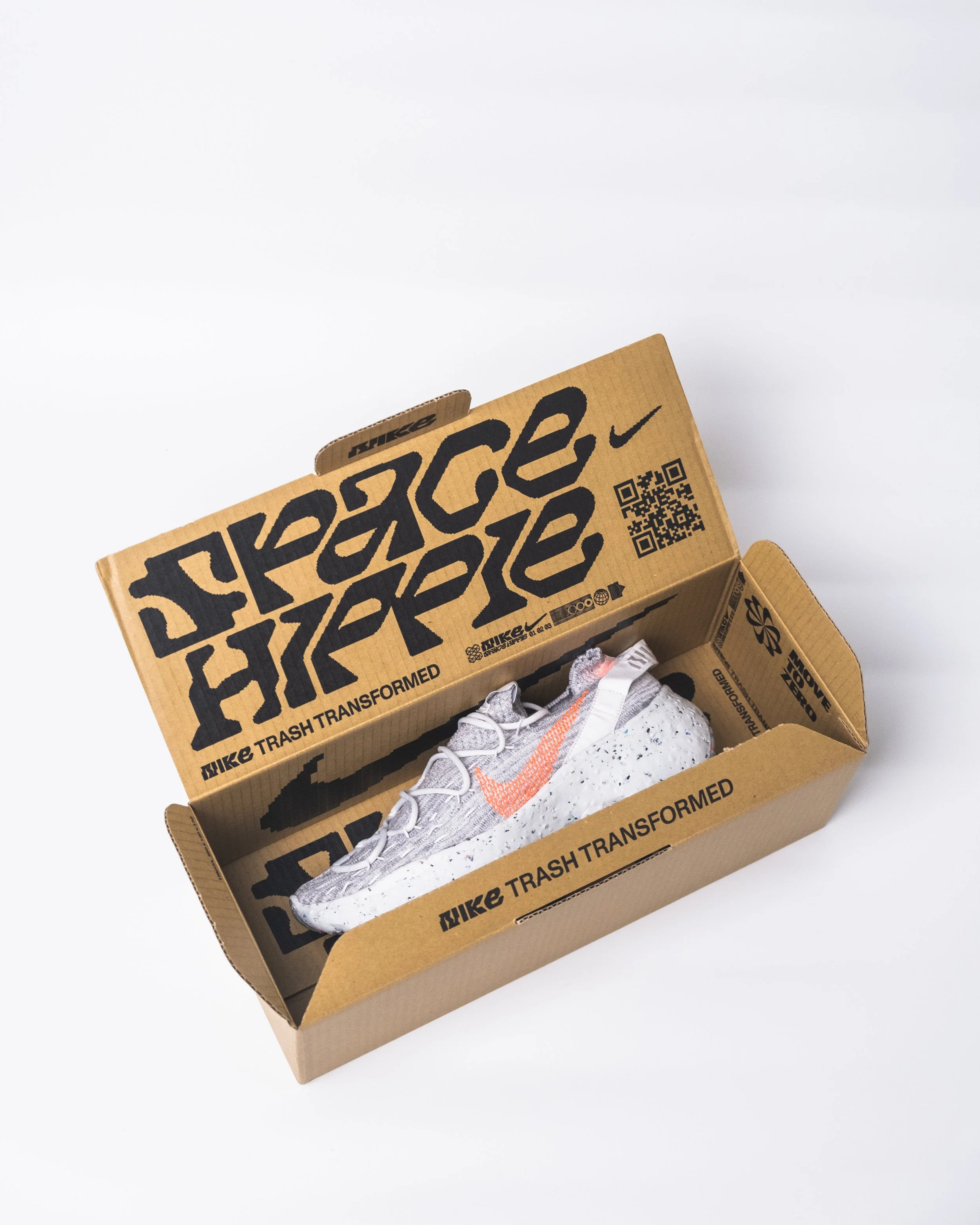 Image 2 of 10
Image 2 of 10

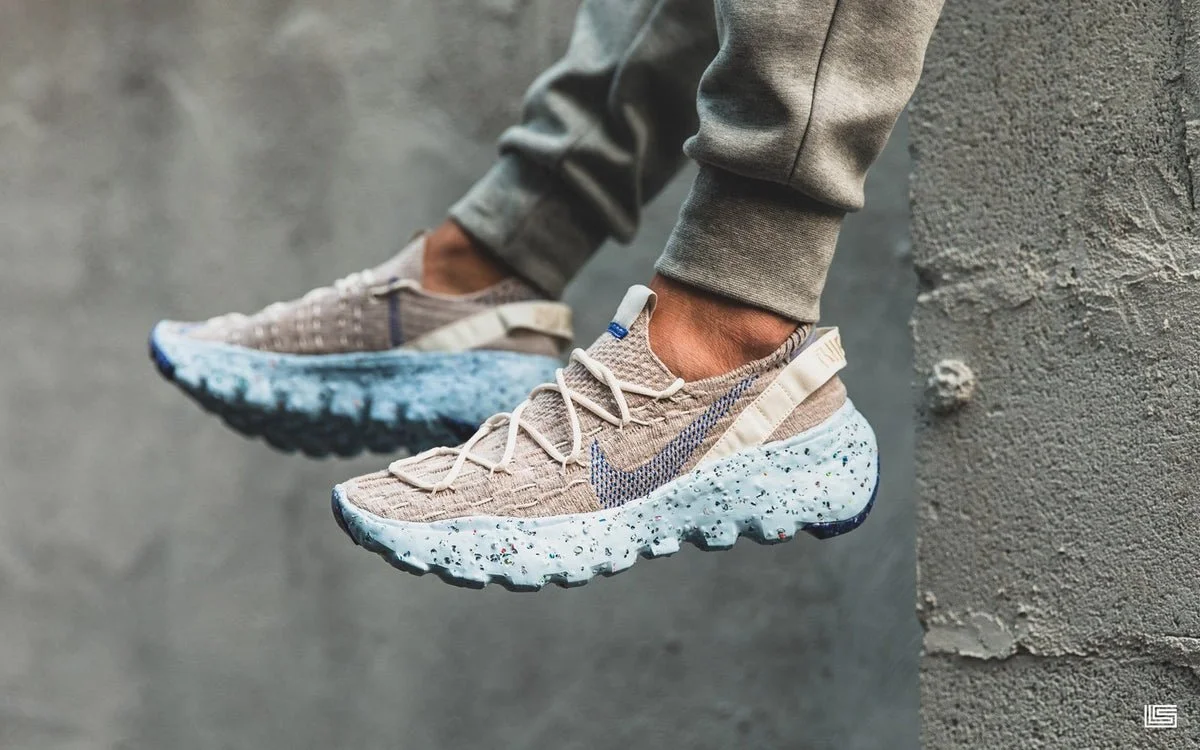 Image 3 of 10
Image 3 of 10

 Image 4 of 10
Image 4 of 10

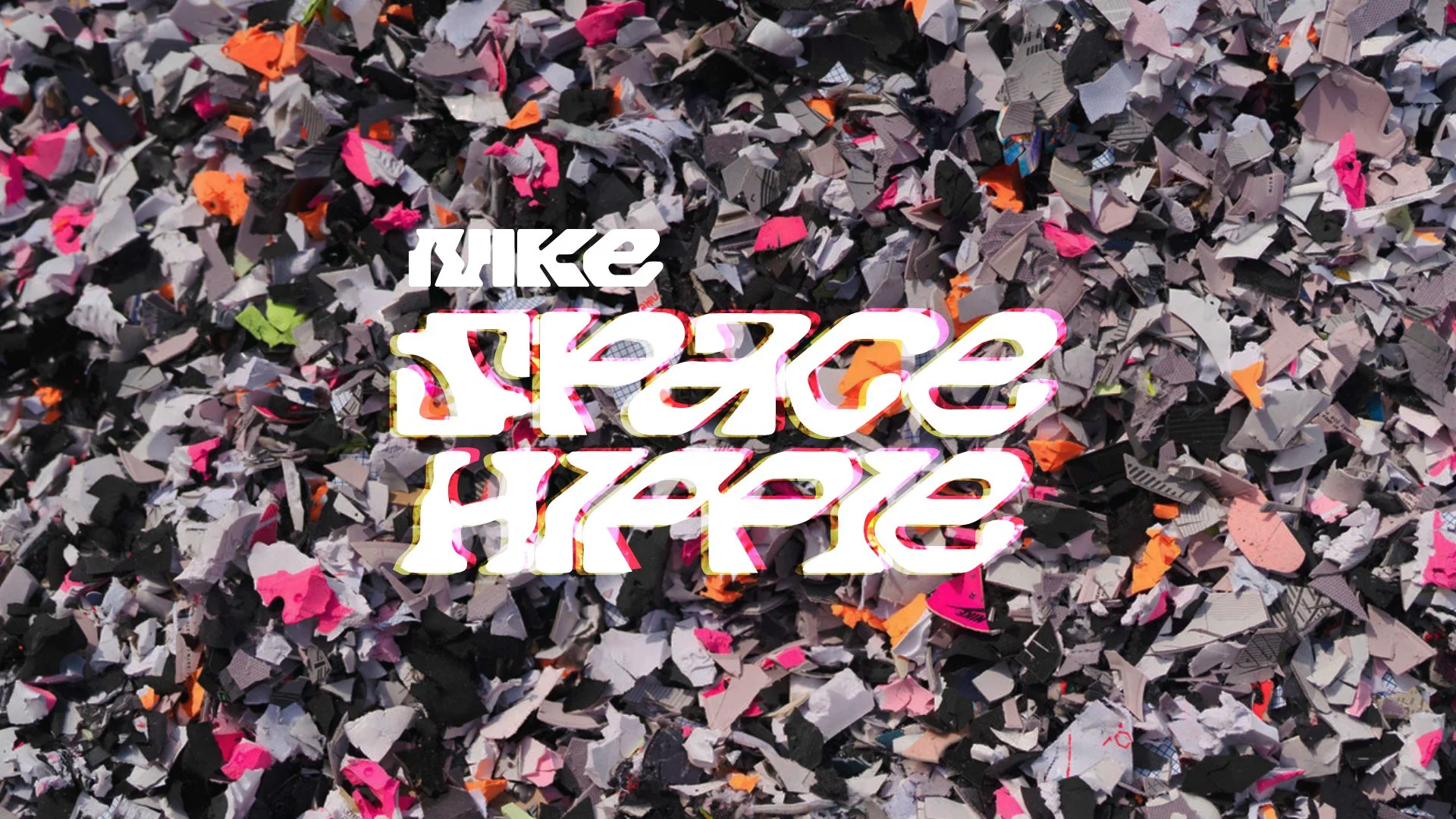 Image 5 of 10
Image 5 of 10

 Image 6 of 10
Image 6 of 10

 Image 7 of 10
Image 7 of 10

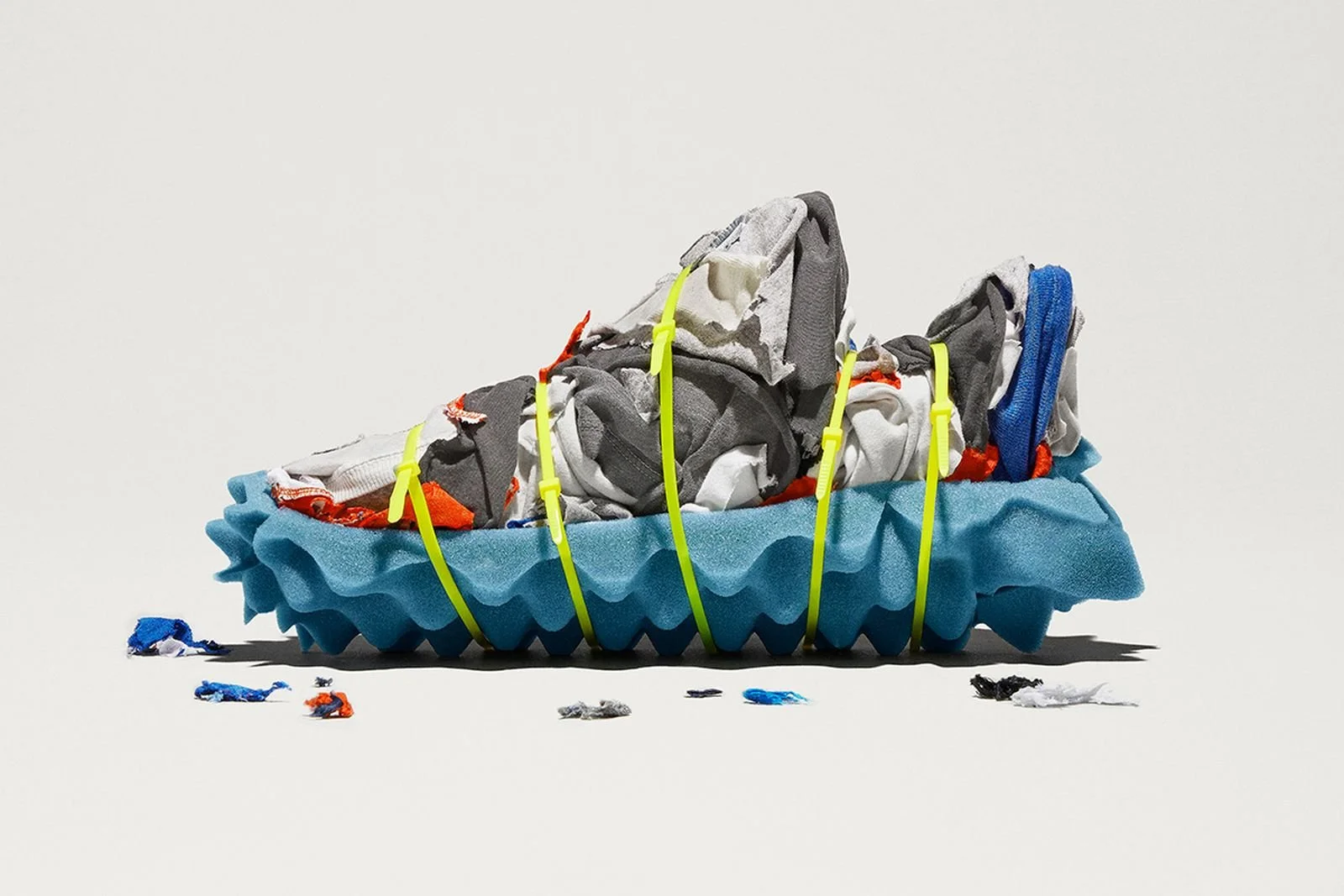 Image 8 of 10
Image 8 of 10

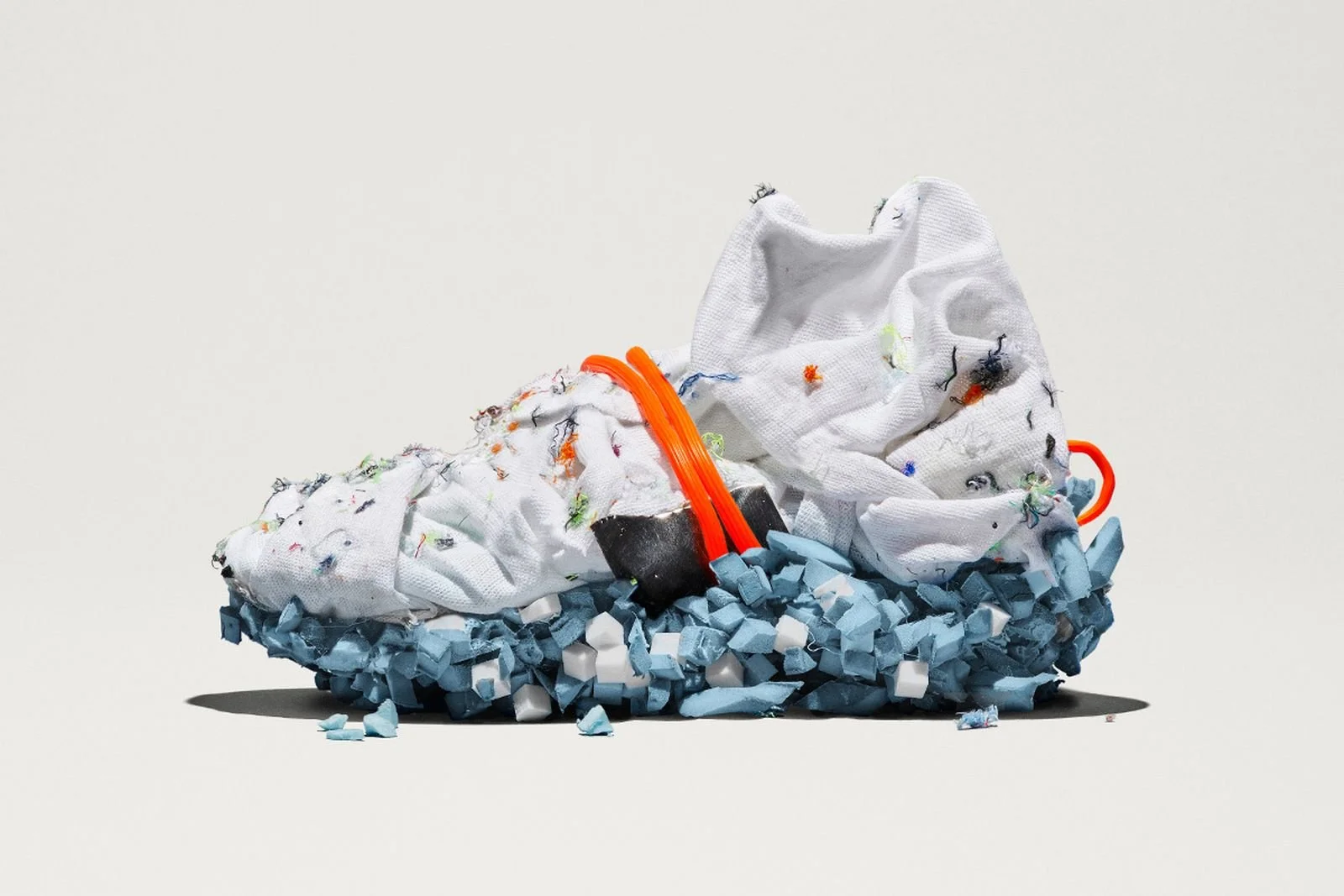 Image 9 of 10
Image 9 of 10

 Image 10 of 10
Image 10 of 10











Nike Space Hippie is an exploratory footwear collection inspired by life on Mars
Nike Space Hippie is an exploratory footwear collection launched by Nike, established with the mission to create innovative, sustainable footwear inspired by the concept of life on Mars, where resources are scarce. Nike Space Hippie's current mission focuses on transforming waste materials into high-performance, eco-friendly athletic shoes. Core values include sustainability, innovation, and responsibility, with a purpose to redefine sustainable design in the footwear industry.
Location
Headquarters: Beaverton, Oregon, USA (Nike HQ).
Primary manufacturing/operations locations: Various global locations, with a focus on sustainable production practices.
Note: While designed in the USA, the Space Hippie collection leverages Nike's global supply chain for production.
The Circular Vision
Core circular economy principles: Designing out waste, using recycled materials, and creating products that are fully recyclable.
Key innovations: Development of Space Waste Yarn, made from 85-90% recycled content including plastic bottles, t-shirts, and post-industrial scraps. Creation of Crater Foam tooling, which uses about 12% Nike Grind rubber combined with foam materials for a sustainable, lightweight, and responsive feel.
Prioritization of local sourcing and closed-loop supply chains: Emphasis on using recycled materials and sustainable production methods to minimize environmental impact.
Pioneering Solutions
Flagship products: Space Hippie 01, 02, 03, and 04 shoe models, each offering unique fit options including traditional laces, lace-less, and FlyEase designs.
Unique value propositions: High-quality, sustainable athletic footwear that prioritizes circularity, material reuse, and environmental responsibility. Nike Space Hippie products are known for their innovative design, use of recycled materials, and lower carbon footprint.
The Regenerative Future
R&D focus areas: Advancing sustainable materials, optimizing production processes, and developing new applications for recycled materials in footwear design.
Ambitious goals: To lead the footwear industry in sustainable practices, create zero-waste products, and inspire a shift towards a regenerative approach to product design.
Fact Sheet
Commercial Availability: Products available globally through Nike's website, retail stores, and select partners.
Circularity Rating: 5/5 (Strong focus on circular economy principles).
Cost Rating: 4/5 (Competitive with conventional alternatives, with a focus on sustainable materials).
Material Passport: Detailed material traceability and use of recycled content in Space Waste Yarn and Crater Foam.
Designed for Disassembly: Information not available.
Carbon Performance: Focus on reducing carbon footprint through sustainable materials and production processes. The collection is designed to have Nike's lowest carbon footprint score ever.
Key Takeaway
Nike Space Hippie transforms the athletic footwear industry through innovative, sustainable solutions, setting a benchmark for circularity and environmental responsibility in modern shoe design.
Explore Further
Nike Space Hippie website: https://www.nike.com/gb/space-hippie
Sustainability overview: https://www.nike.com/gb/sustainability
Circular solutions: https://www.nike.com/gb/sustainability/services
Nike Space Hippie is an exploratory footwear collection launched by Nike, established with the mission to create innovative, sustainable footwear inspired by the concept of life on Mars, where resources are scarce. Nike Space Hippie's current mission focuses on transforming waste materials into high-performance, eco-friendly athletic shoes. Core values include sustainability, innovation, and responsibility, with a purpose to redefine sustainable design in the footwear industry.
Location
Headquarters: Beaverton, Oregon, USA (Nike HQ).
Primary manufacturing/operations locations: Various global locations, with a focus on sustainable production practices.
Note: While designed in the USA, the Space Hippie collection leverages Nike's global supply chain for production.
The Circular Vision
Core circular economy principles: Designing out waste, using recycled materials, and creating products that are fully recyclable.
Key innovations: Development of Space Waste Yarn, made from 85-90% recycled content including plastic bottles, t-shirts, and post-industrial scraps. Creation of Crater Foam tooling, which uses about 12% Nike Grind rubber combined with foam materials for a sustainable, lightweight, and responsive feel.
Prioritization of local sourcing and closed-loop supply chains: Emphasis on using recycled materials and sustainable production methods to minimize environmental impact.
Pioneering Solutions
Flagship products: Space Hippie 01, 02, 03, and 04 shoe models, each offering unique fit options including traditional laces, lace-less, and FlyEase designs.
Unique value propositions: High-quality, sustainable athletic footwear that prioritizes circularity, material reuse, and environmental responsibility. Nike Space Hippie products are known for their innovative design, use of recycled materials, and lower carbon footprint.
The Regenerative Future
R&D focus areas: Advancing sustainable materials, optimizing production processes, and developing new applications for recycled materials in footwear design.
Ambitious goals: To lead the footwear industry in sustainable practices, create zero-waste products, and inspire a shift towards a regenerative approach to product design.
Fact Sheet
Commercial Availability: Products available globally through Nike's website, retail stores, and select partners.
Circularity Rating: 5/5 (Strong focus on circular economy principles).
Cost Rating: 4/5 (Competitive with conventional alternatives, with a focus on sustainable materials).
Material Passport: Detailed material traceability and use of recycled content in Space Waste Yarn and Crater Foam.
Designed for Disassembly: Information not available.
Carbon Performance: Focus on reducing carbon footprint through sustainable materials and production processes. The collection is designed to have Nike's lowest carbon footprint score ever.
Key Takeaway
Nike Space Hippie transforms the athletic footwear industry through innovative, sustainable solutions, setting a benchmark for circularity and environmental responsibility in modern shoe design.
Explore Further
Nike Space Hippie website: https://www.nike.com/gb/space-hippie
Sustainability overview: https://www.nike.com/gb/sustainability
Circular solutions: https://www.nike.com/gb/sustainability/services



